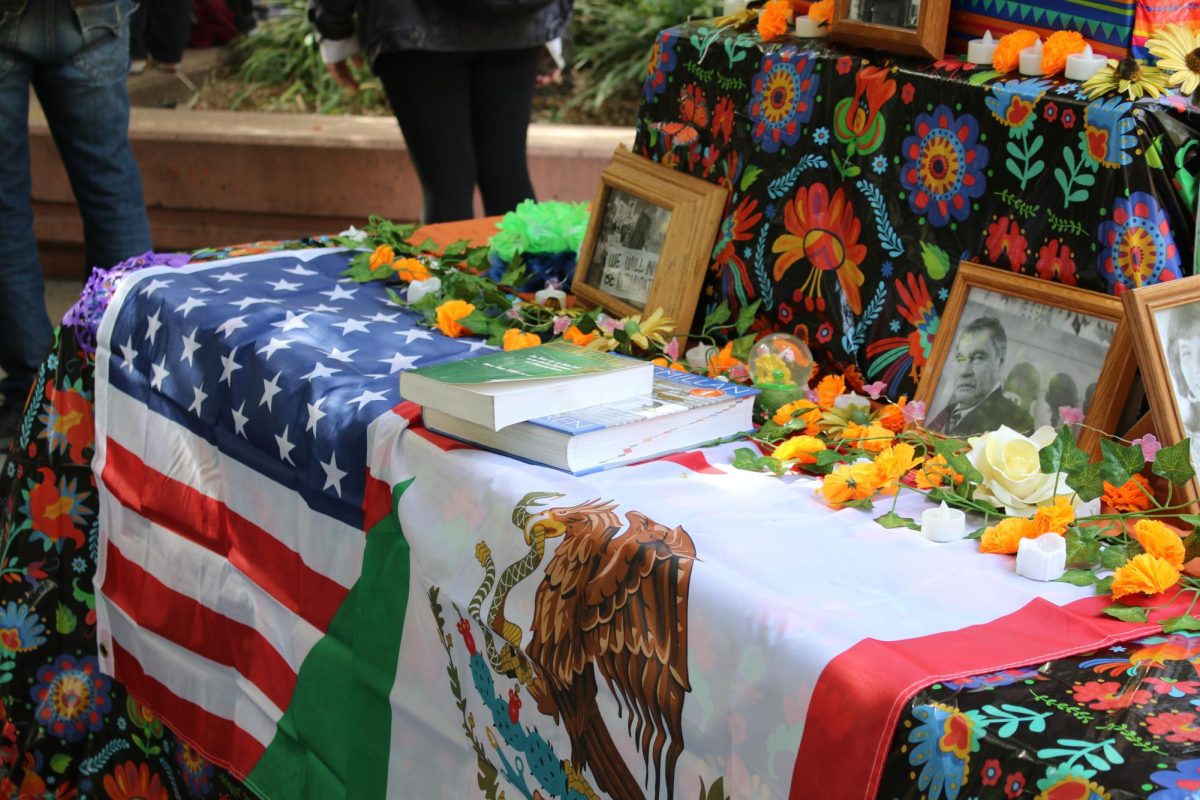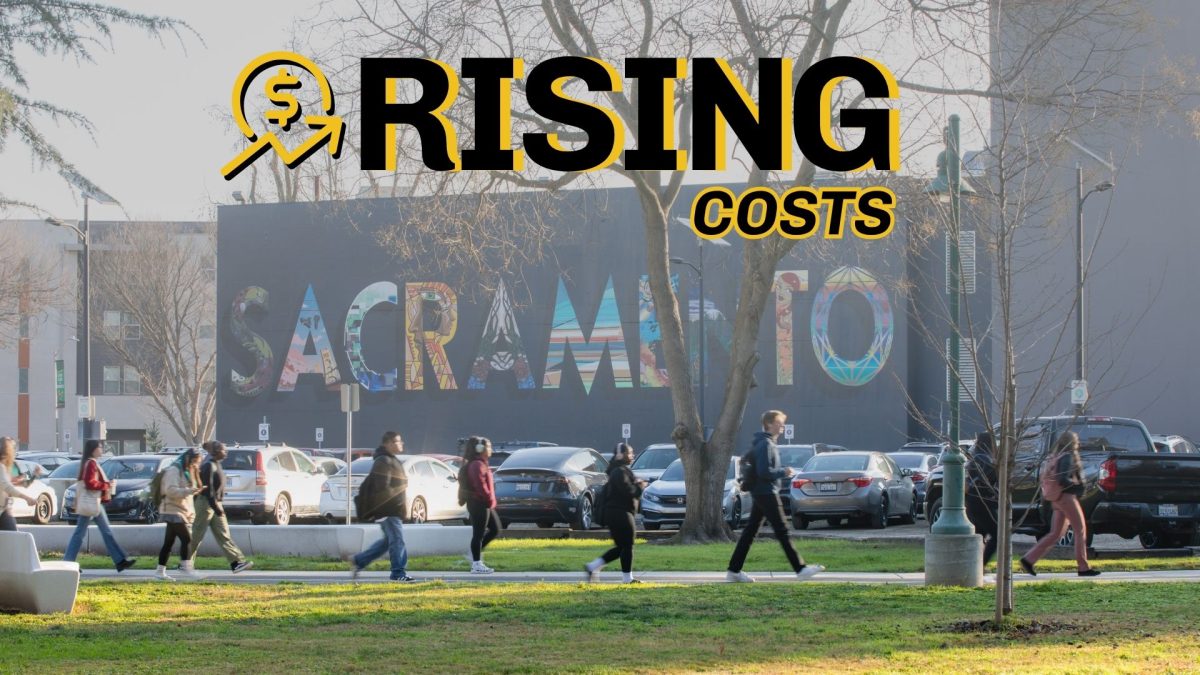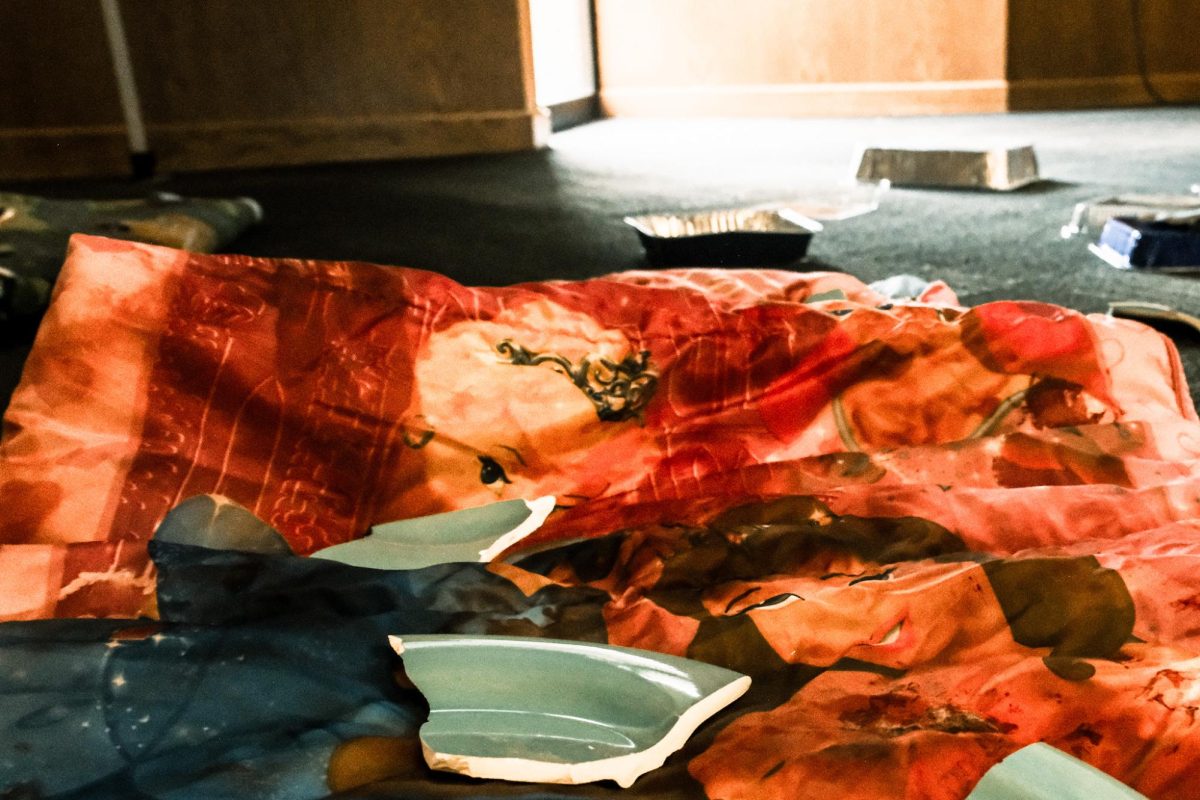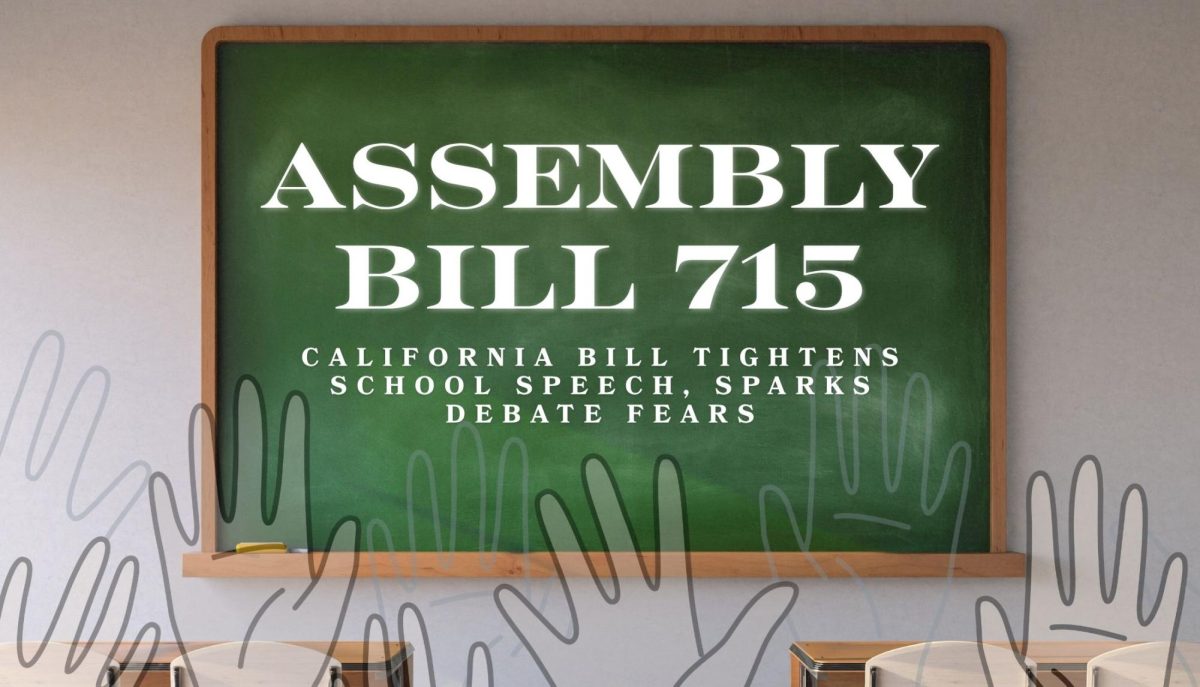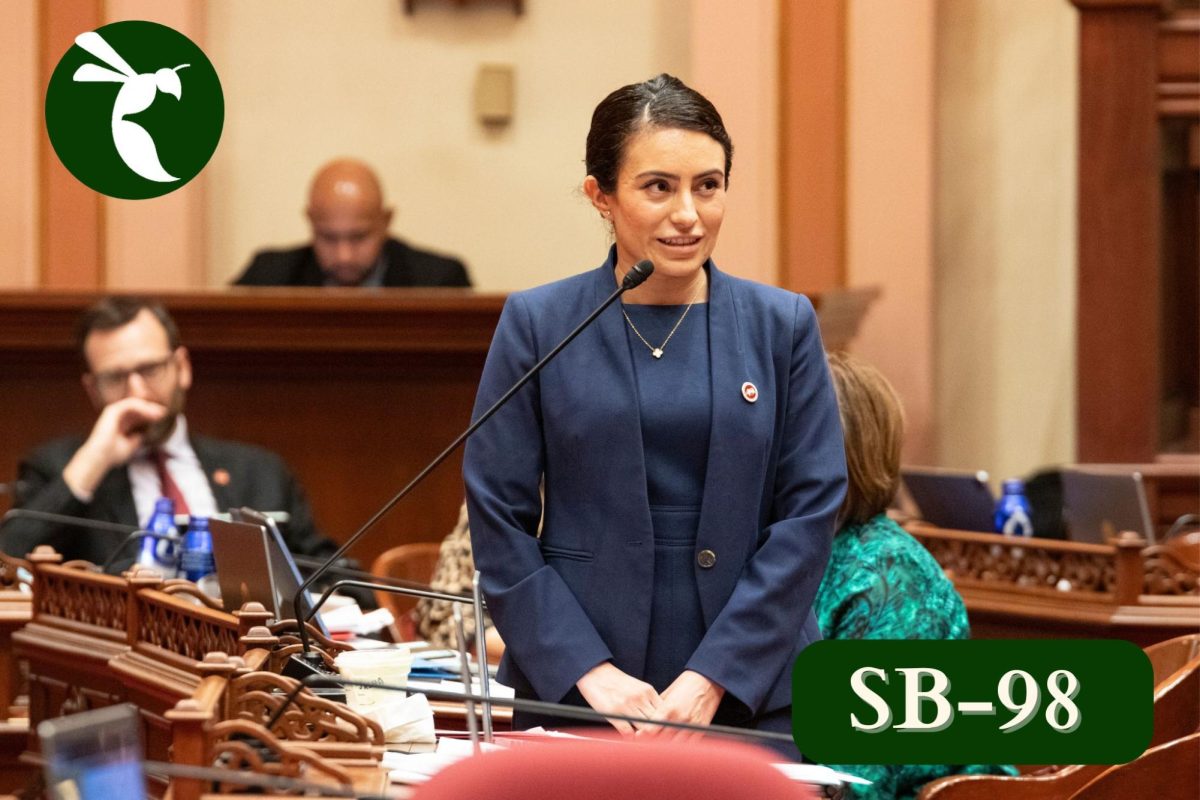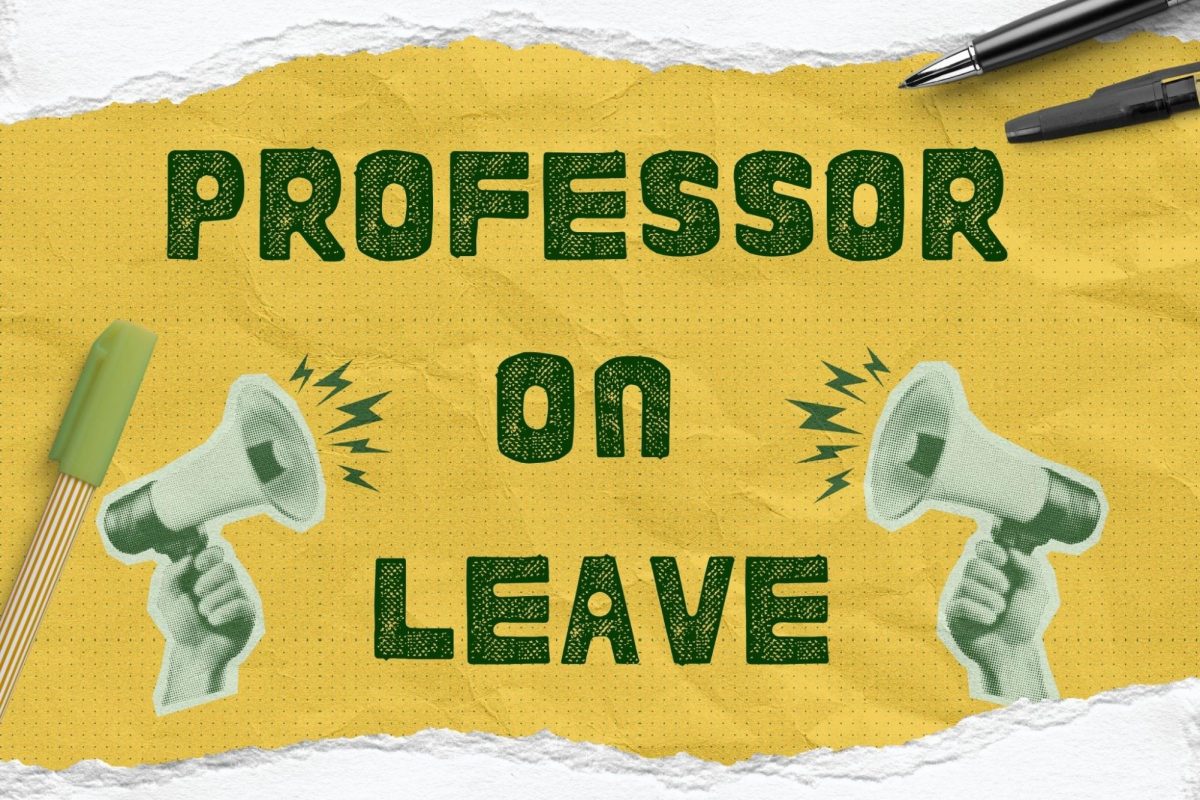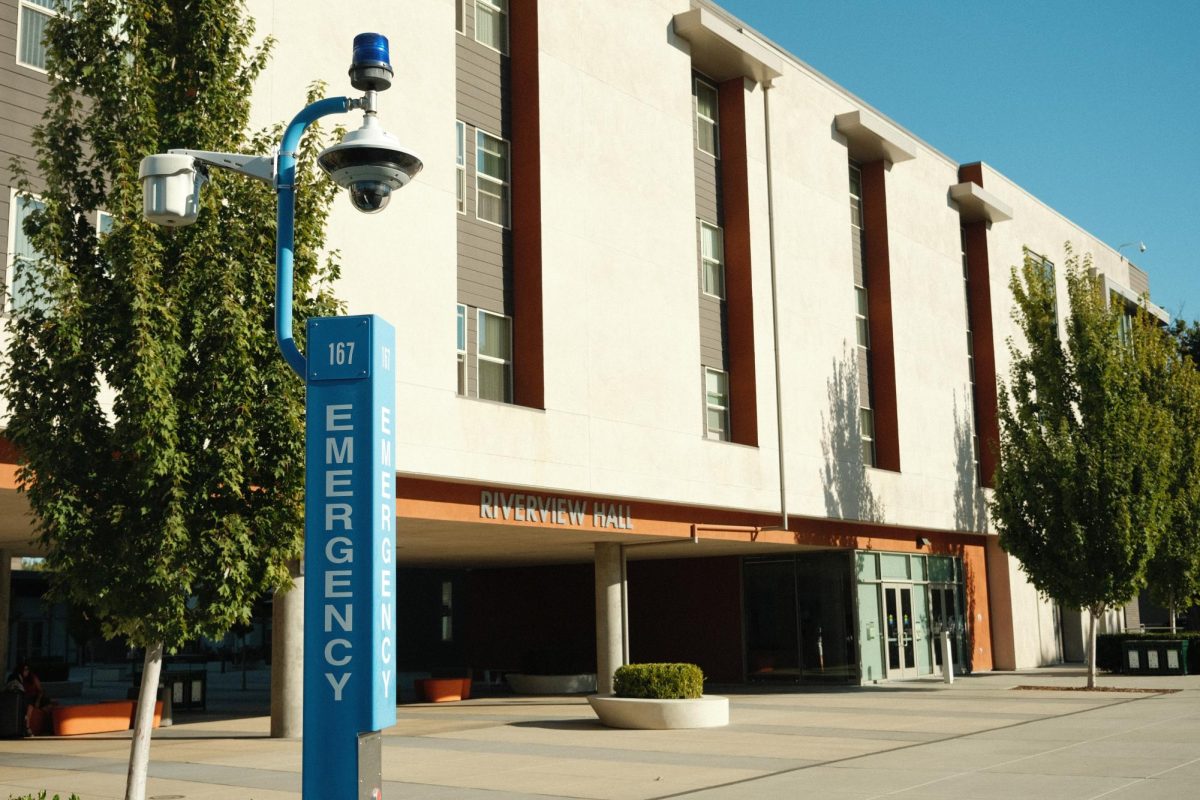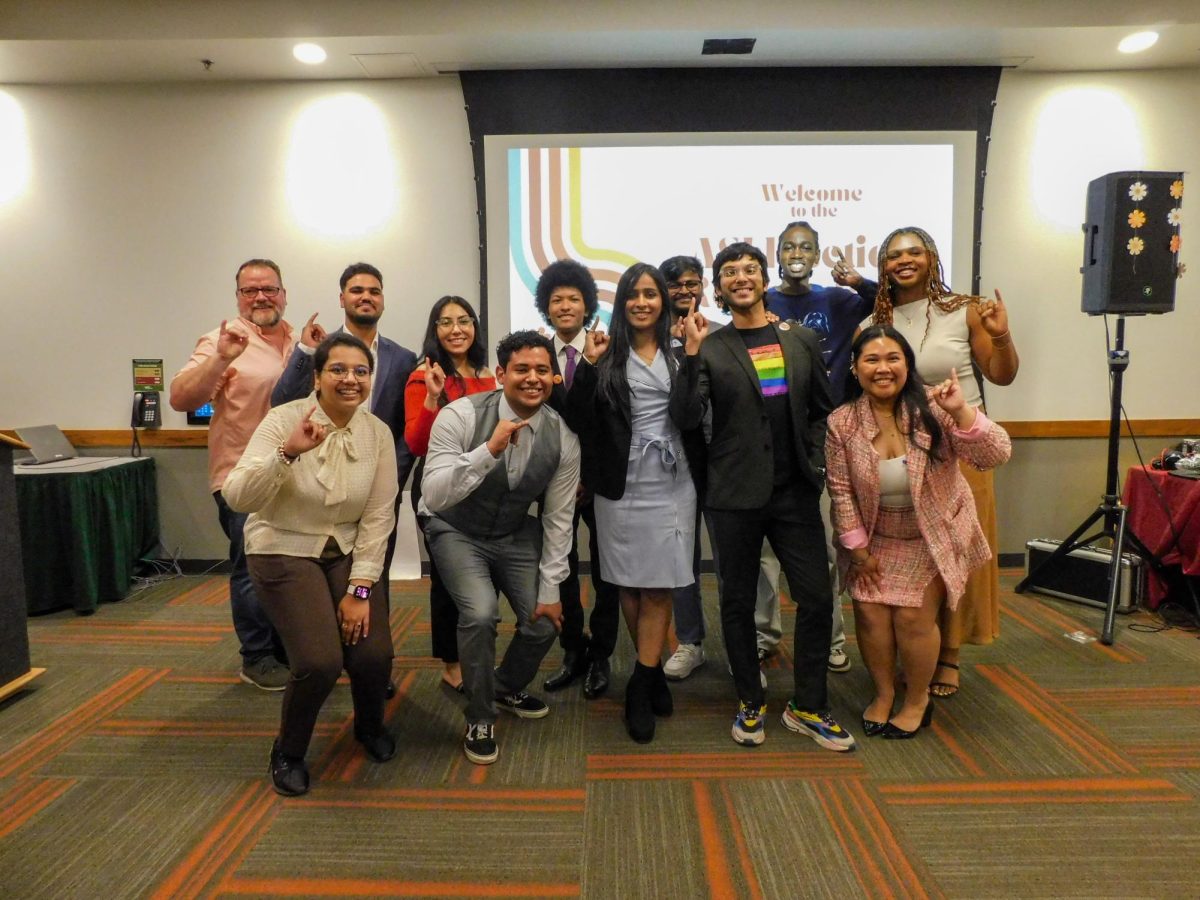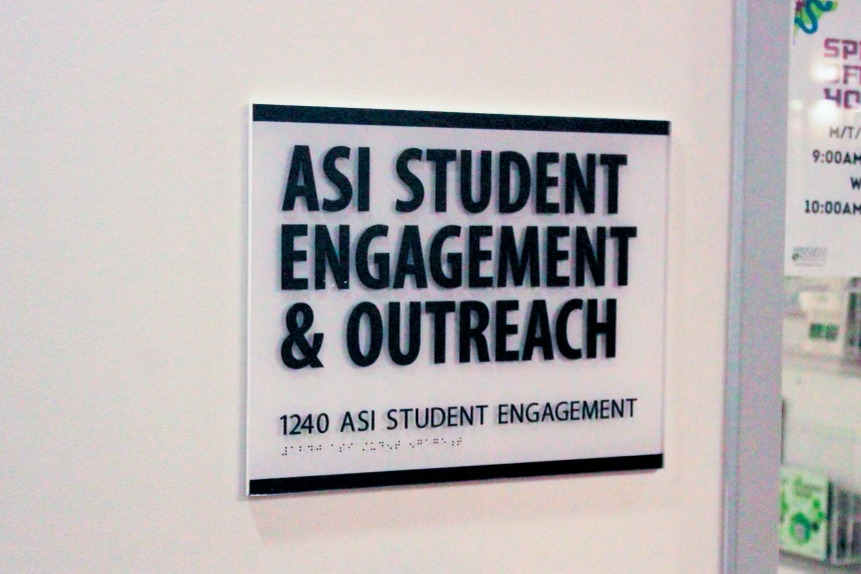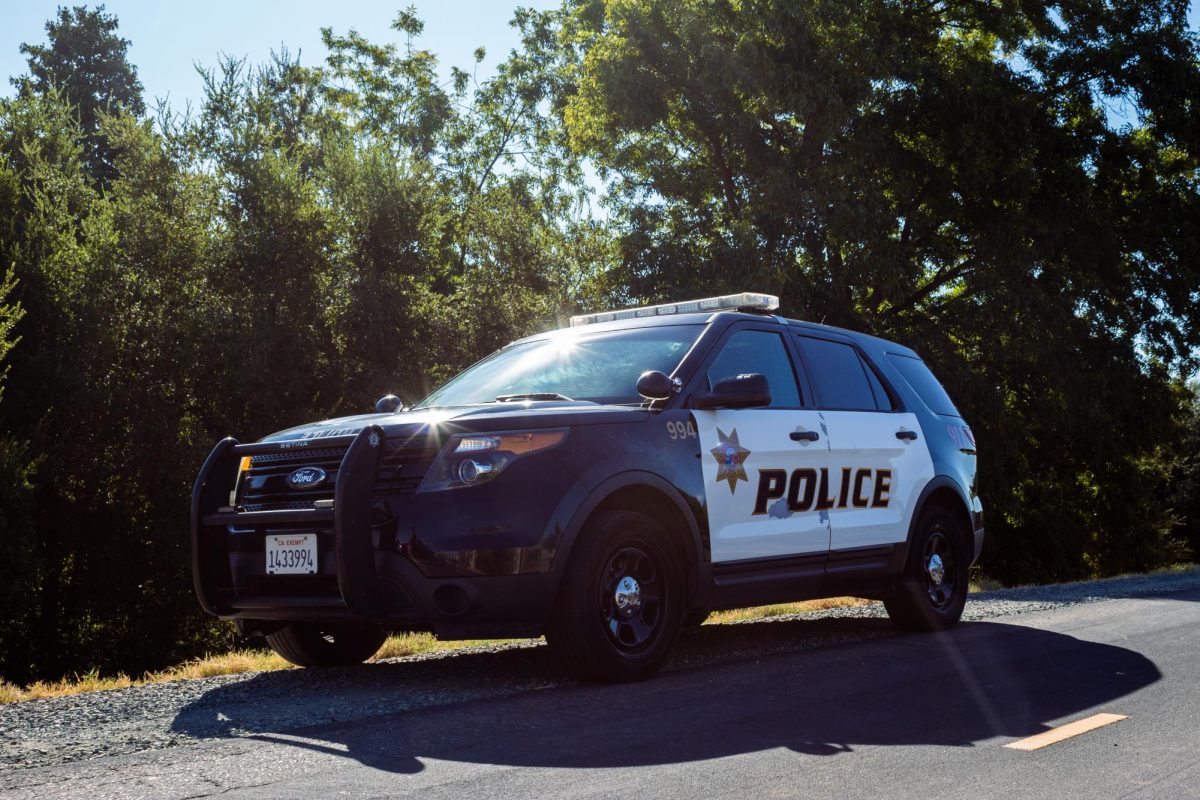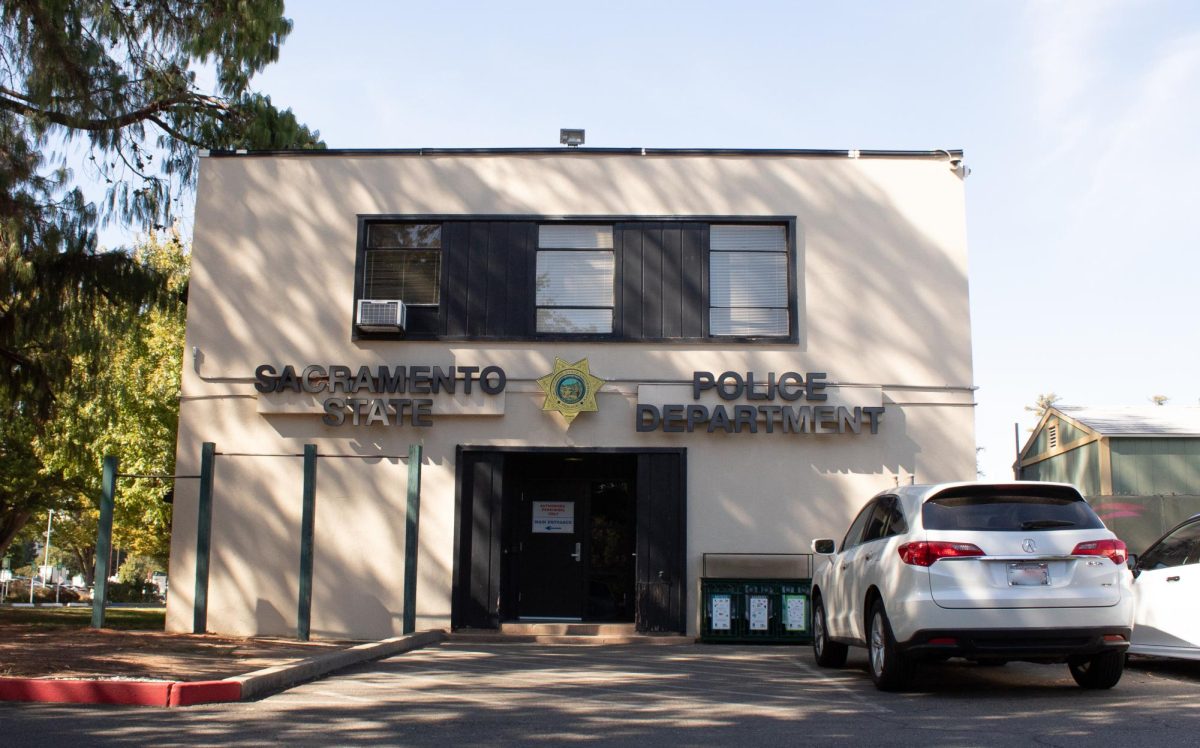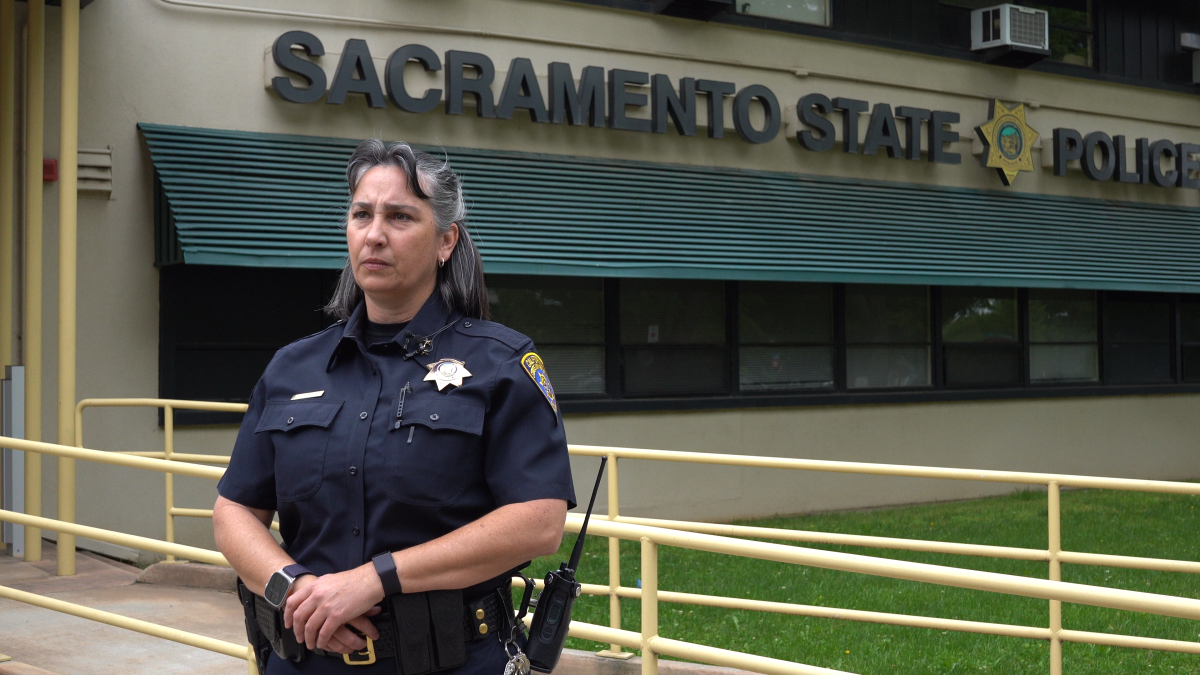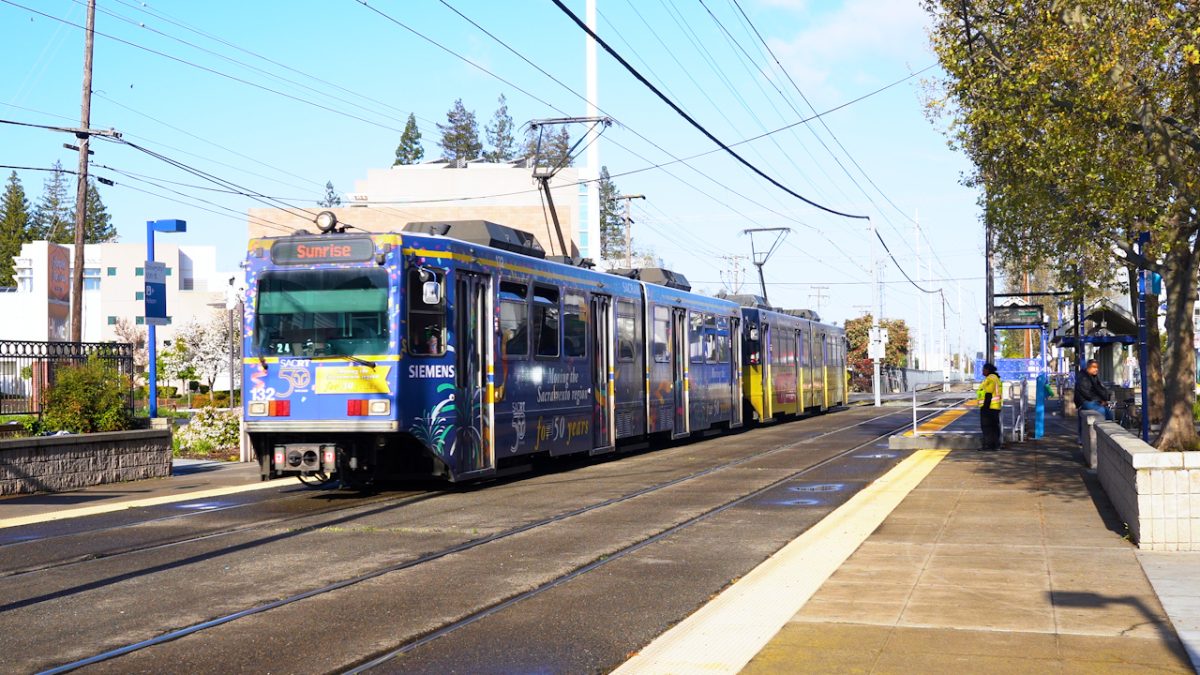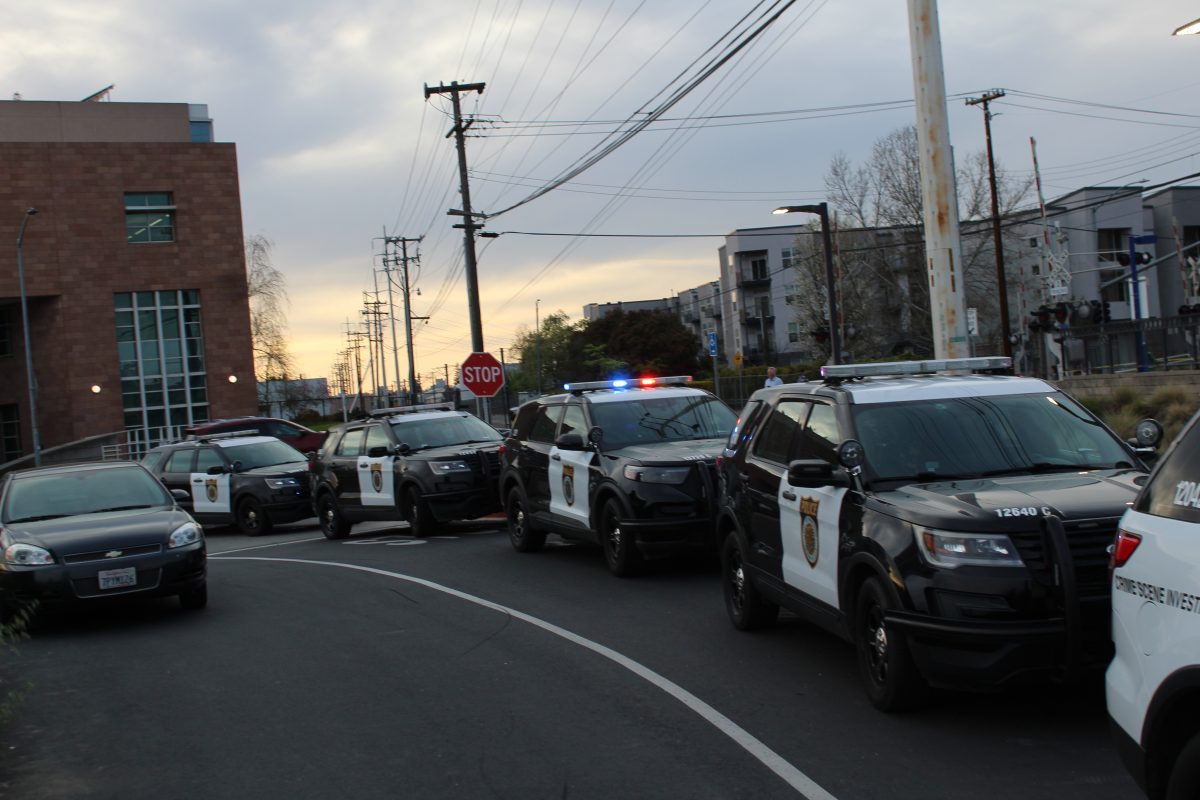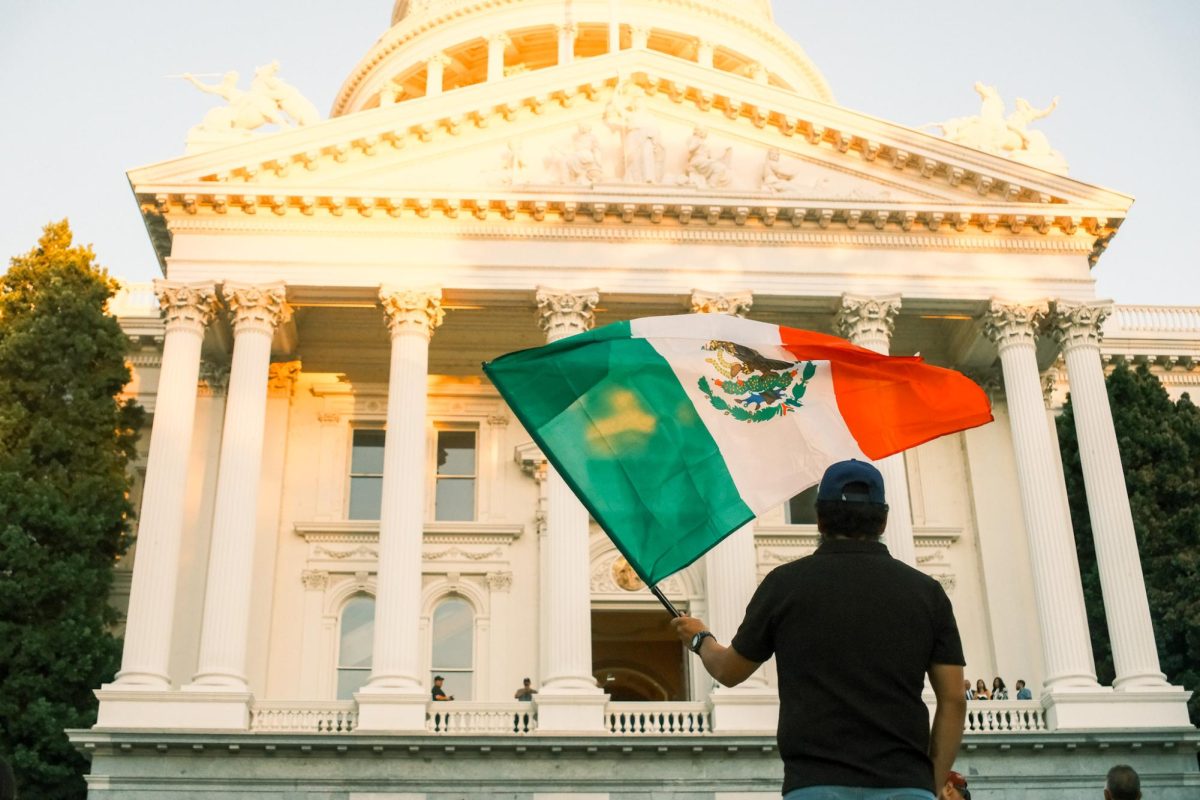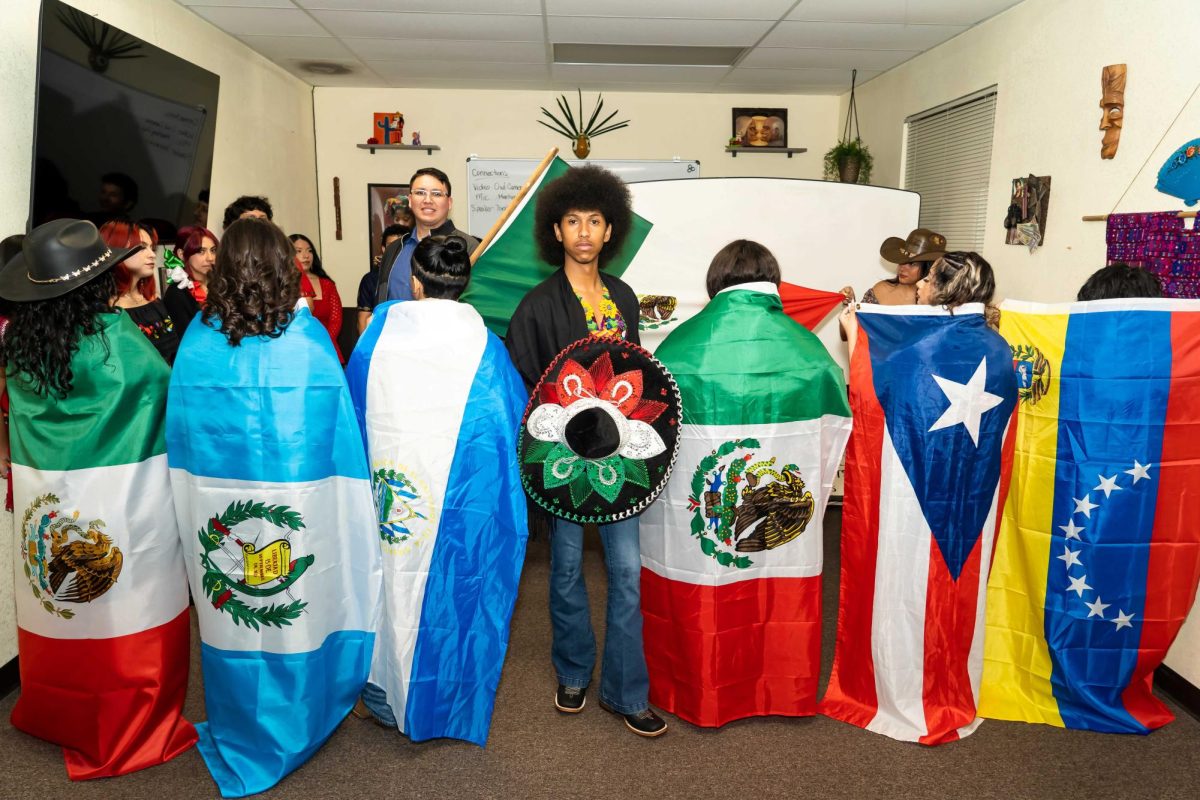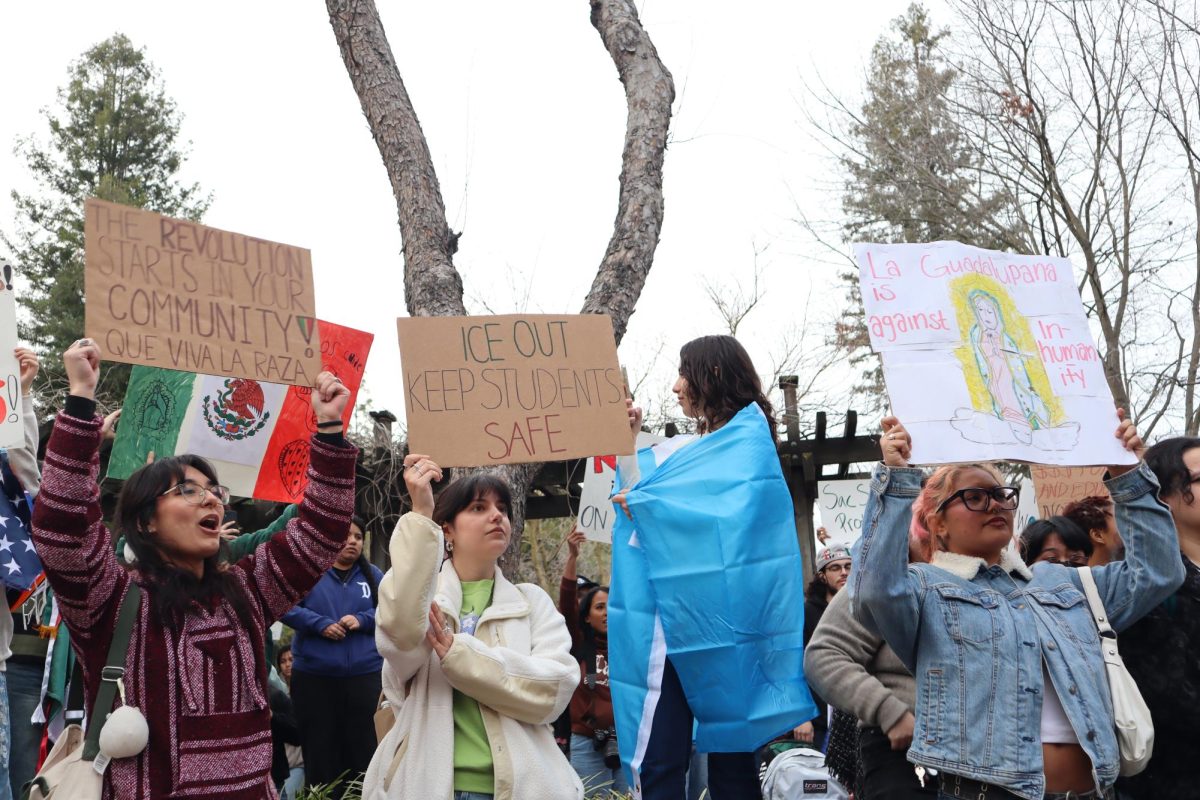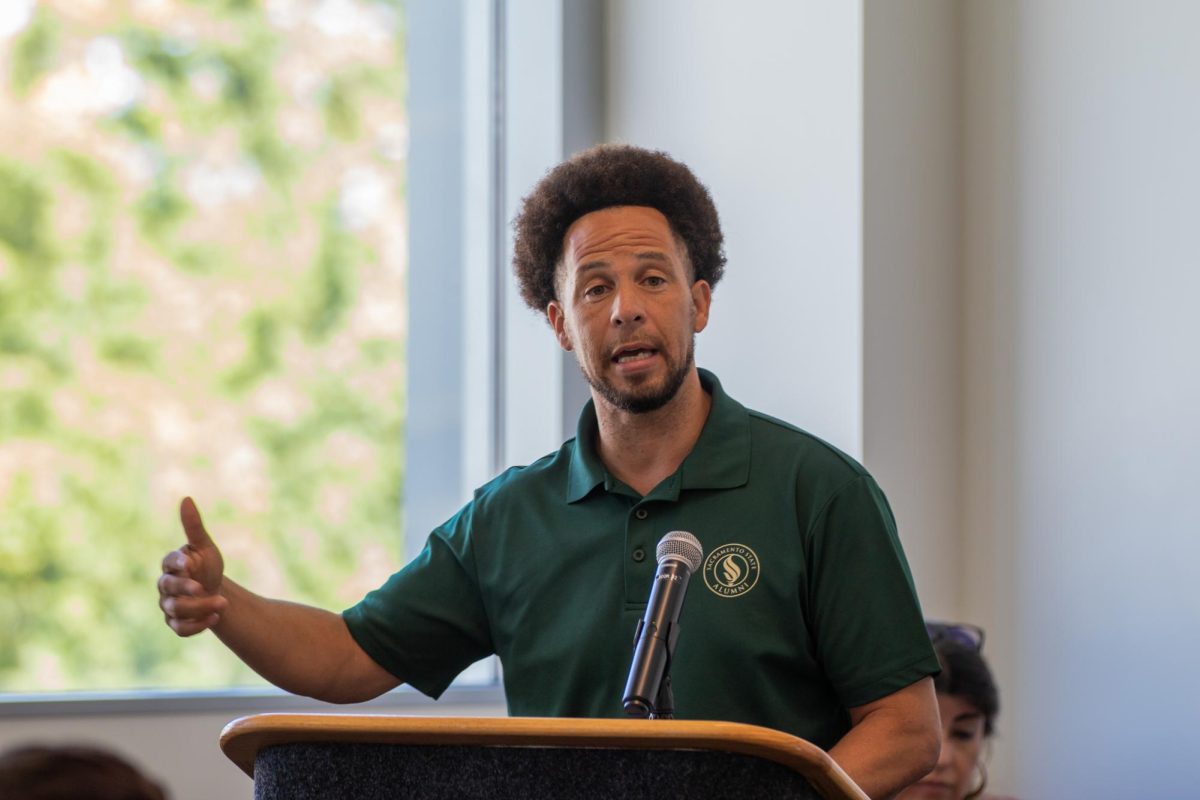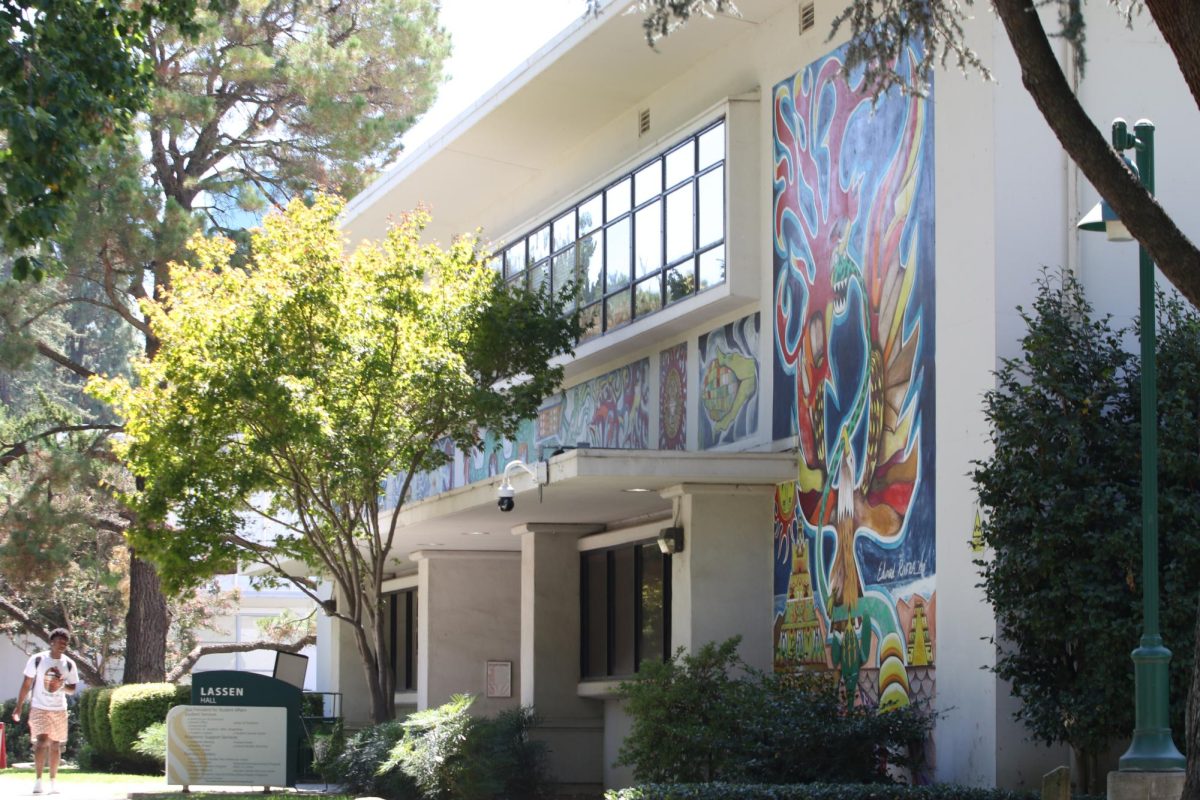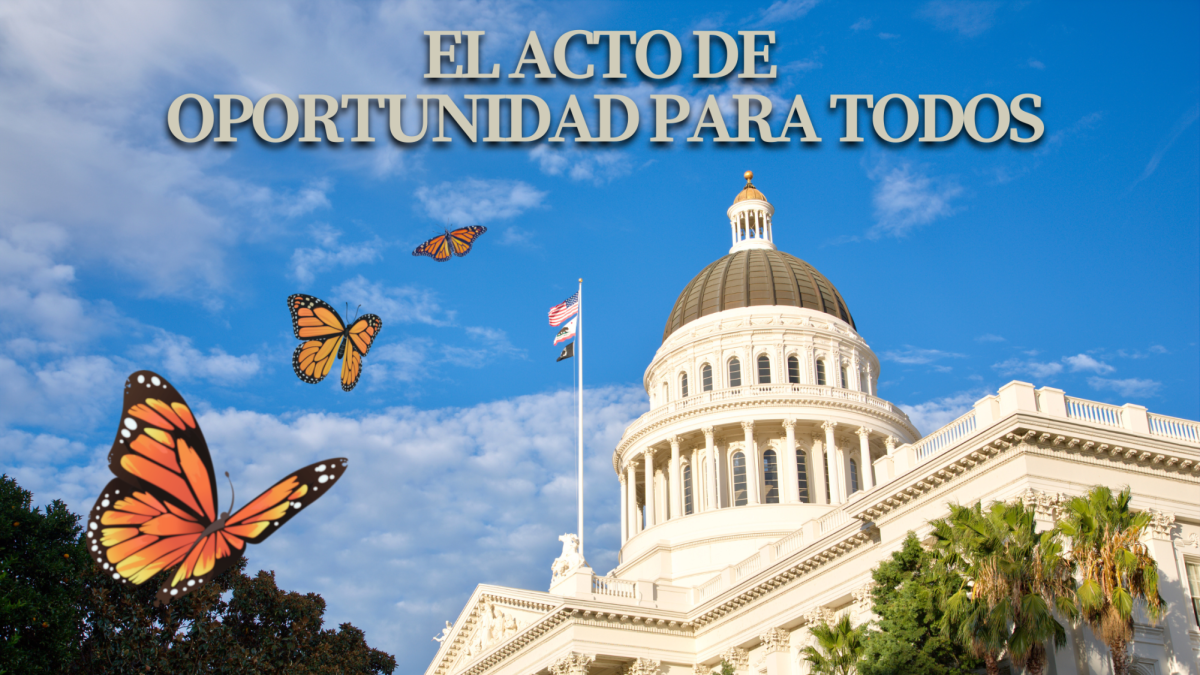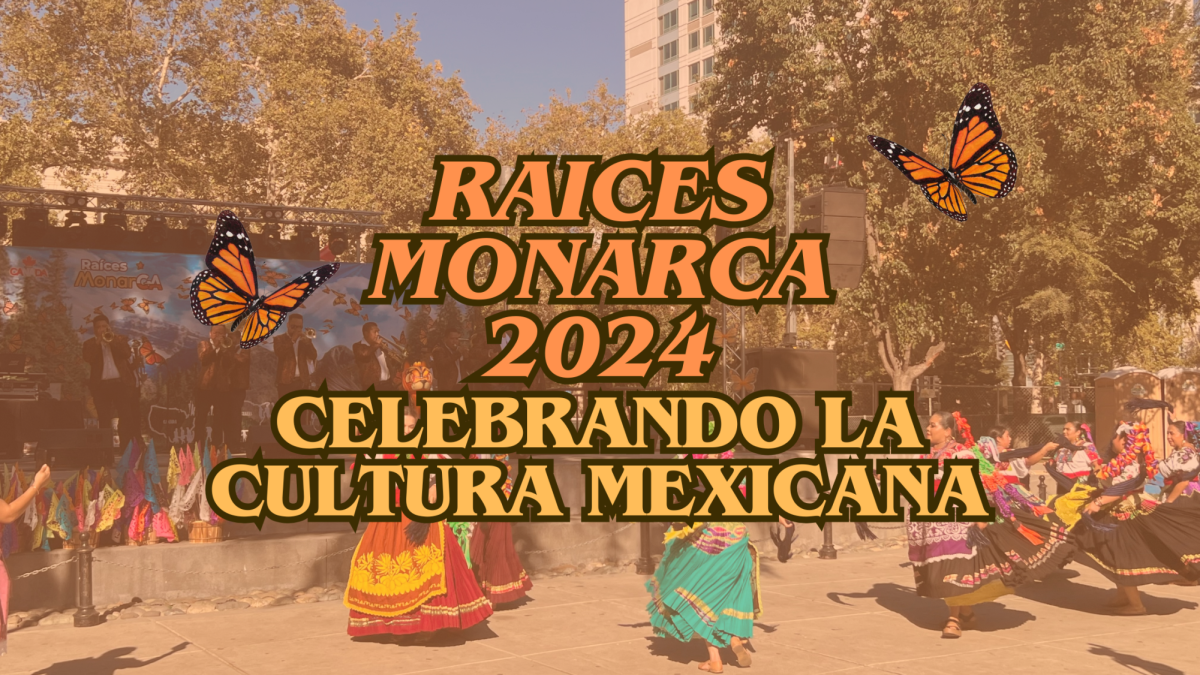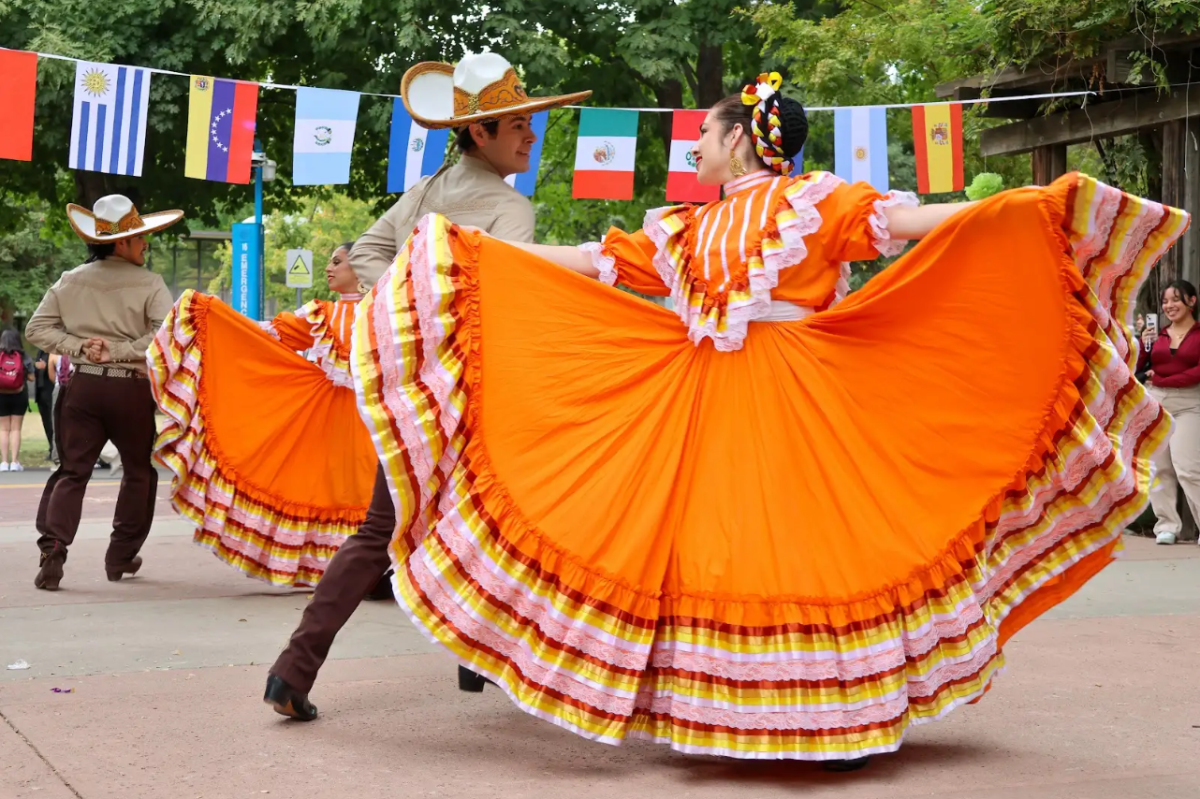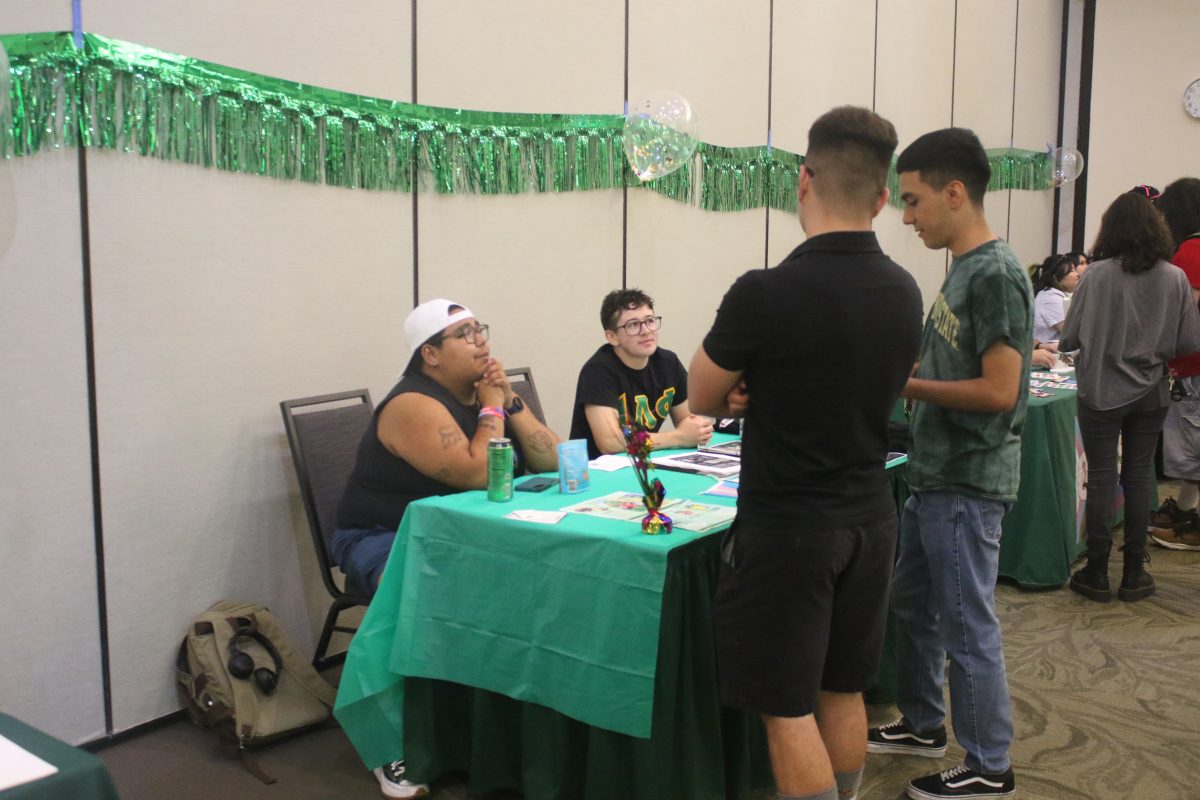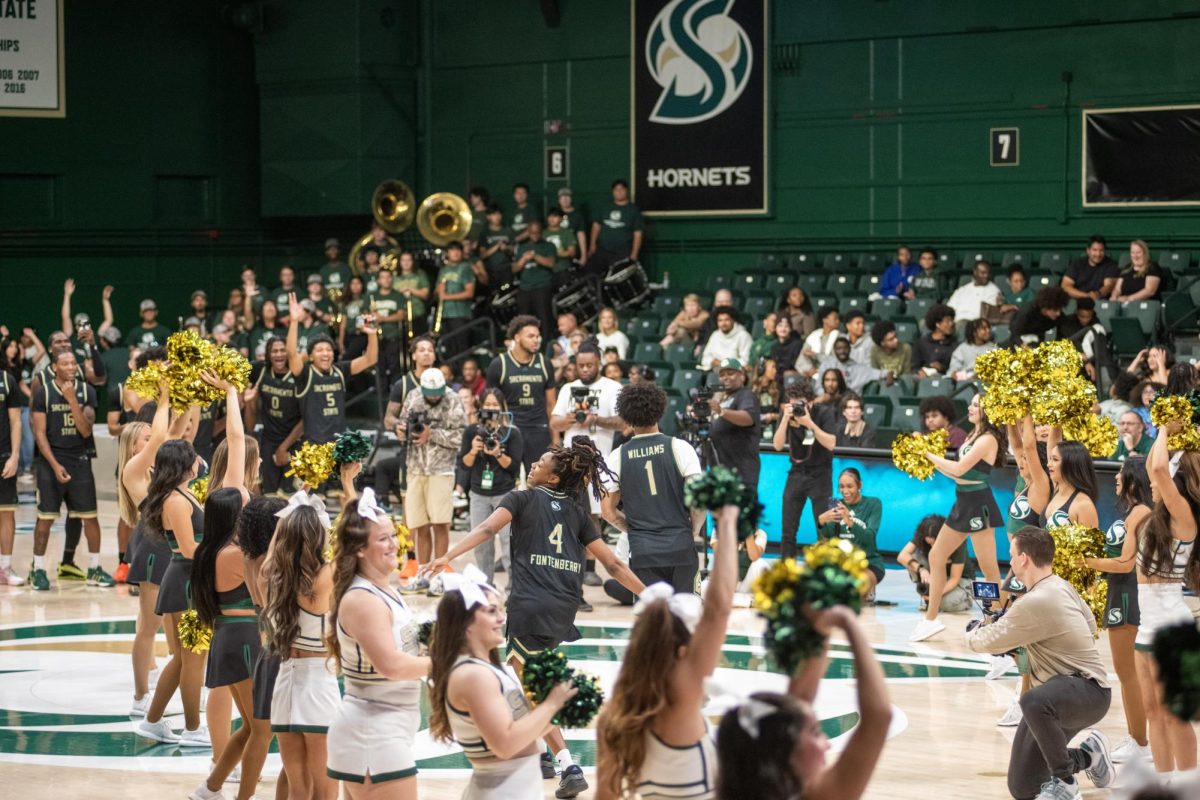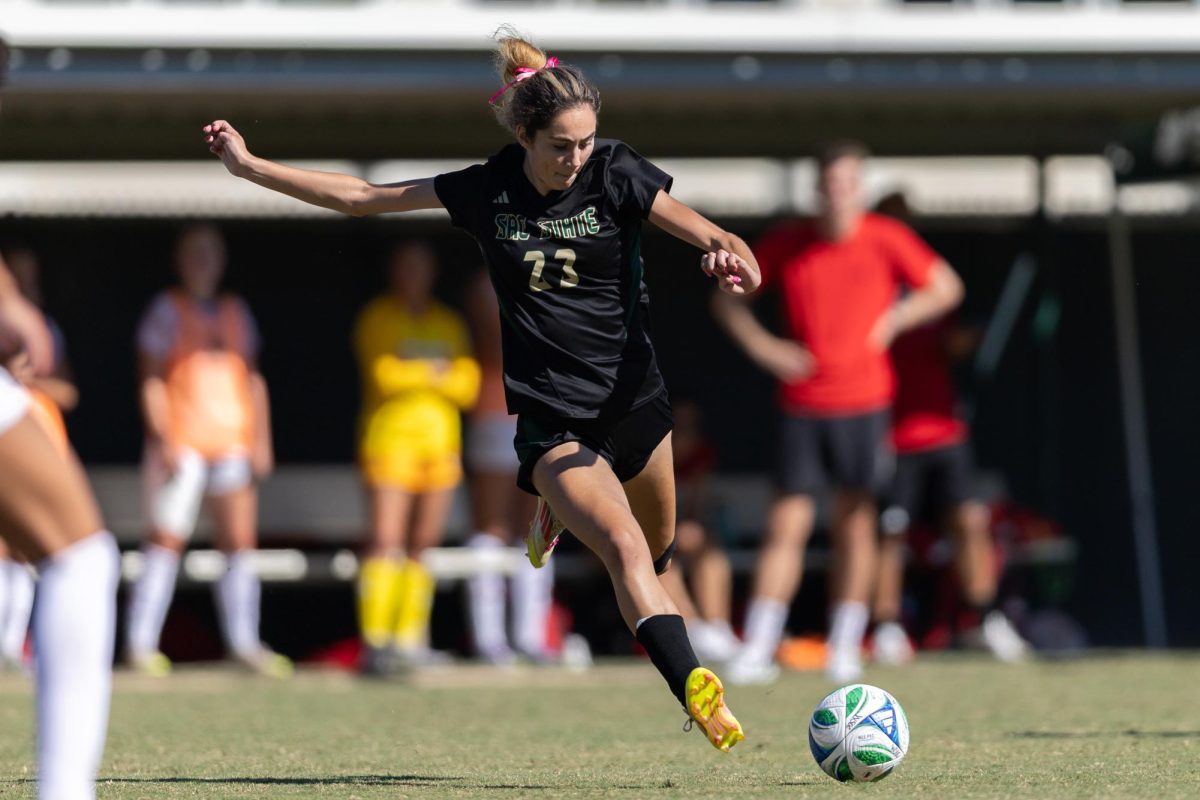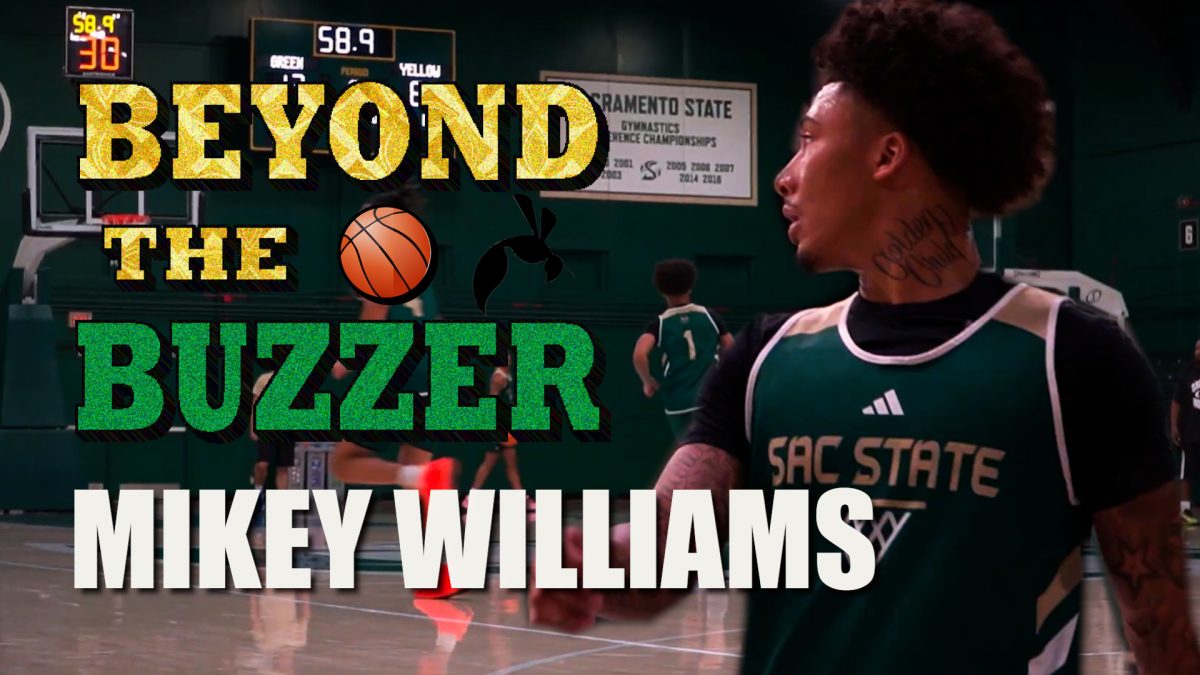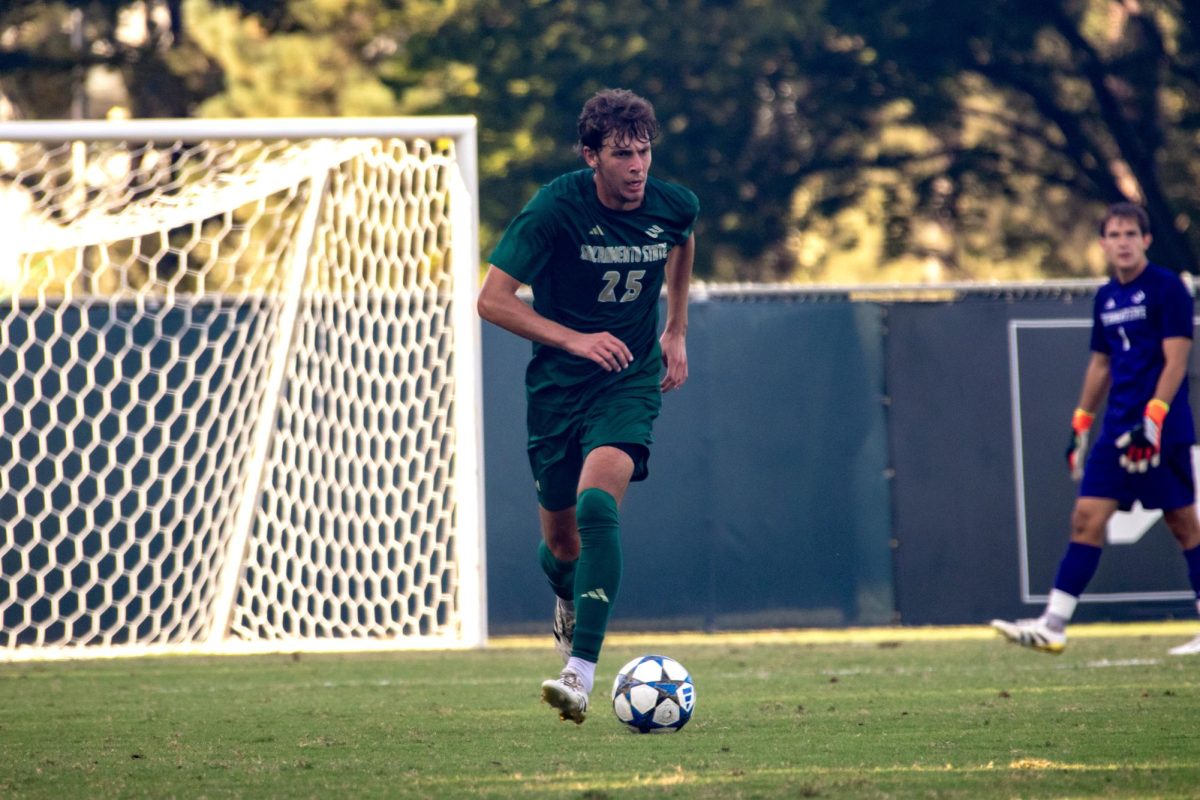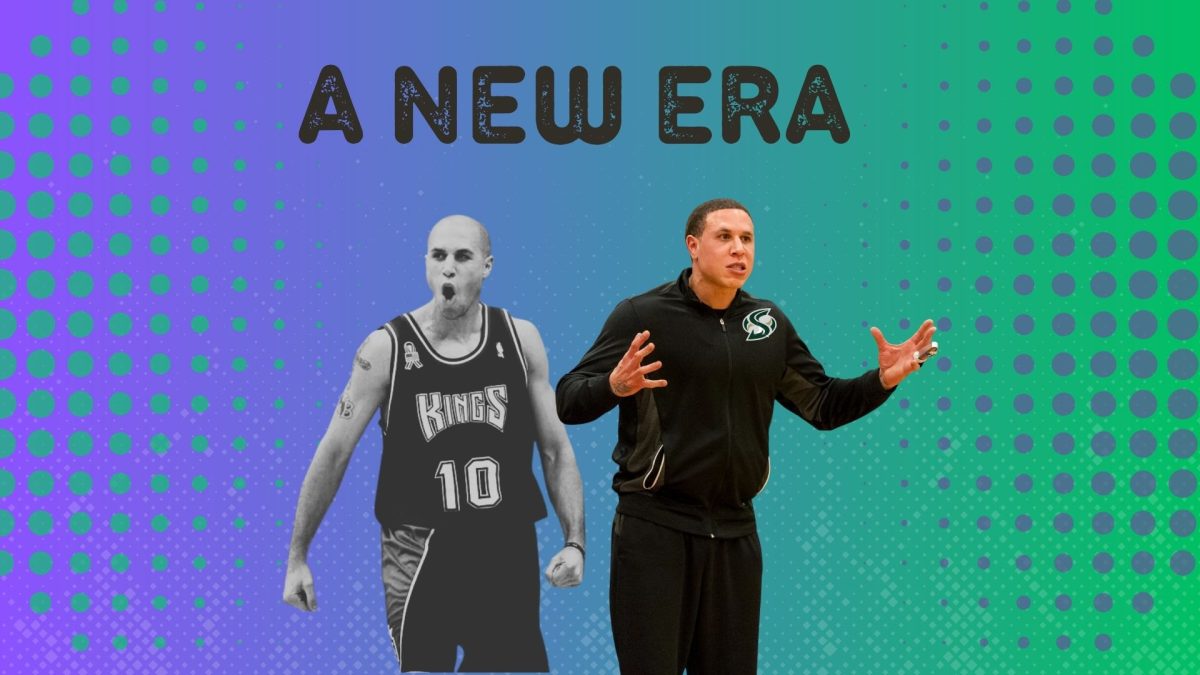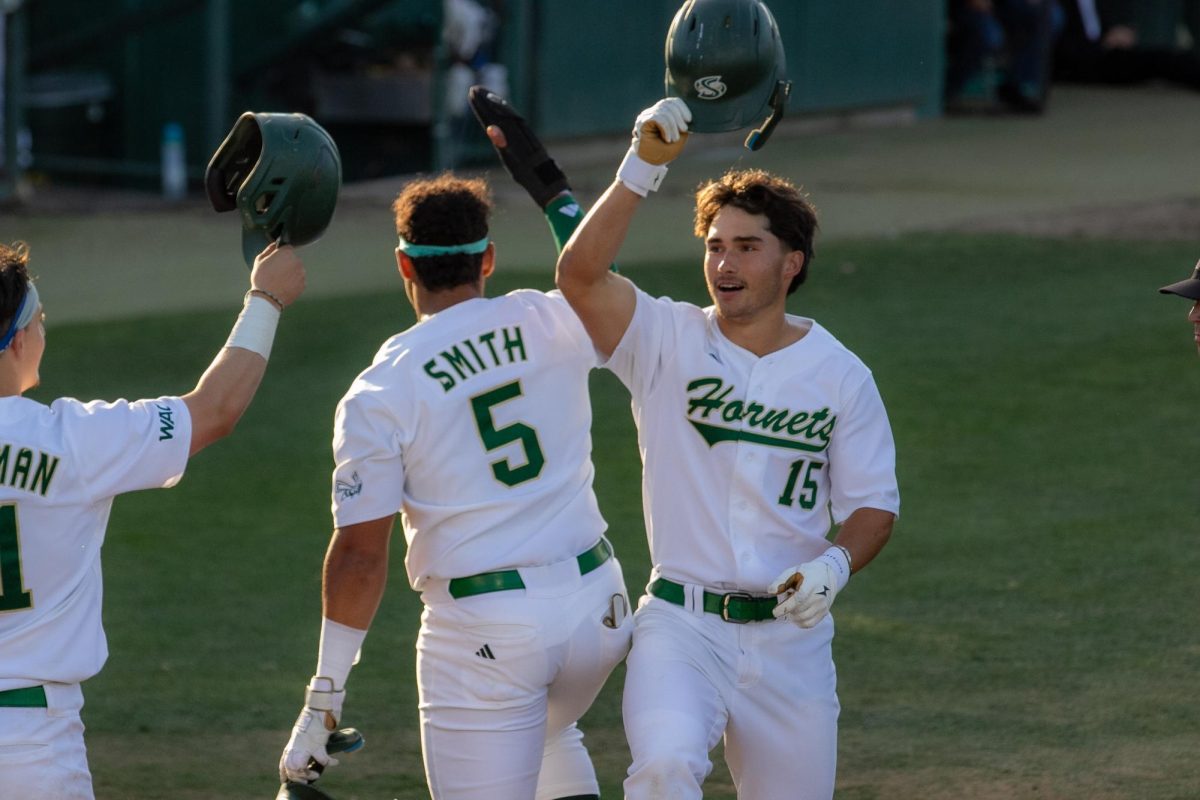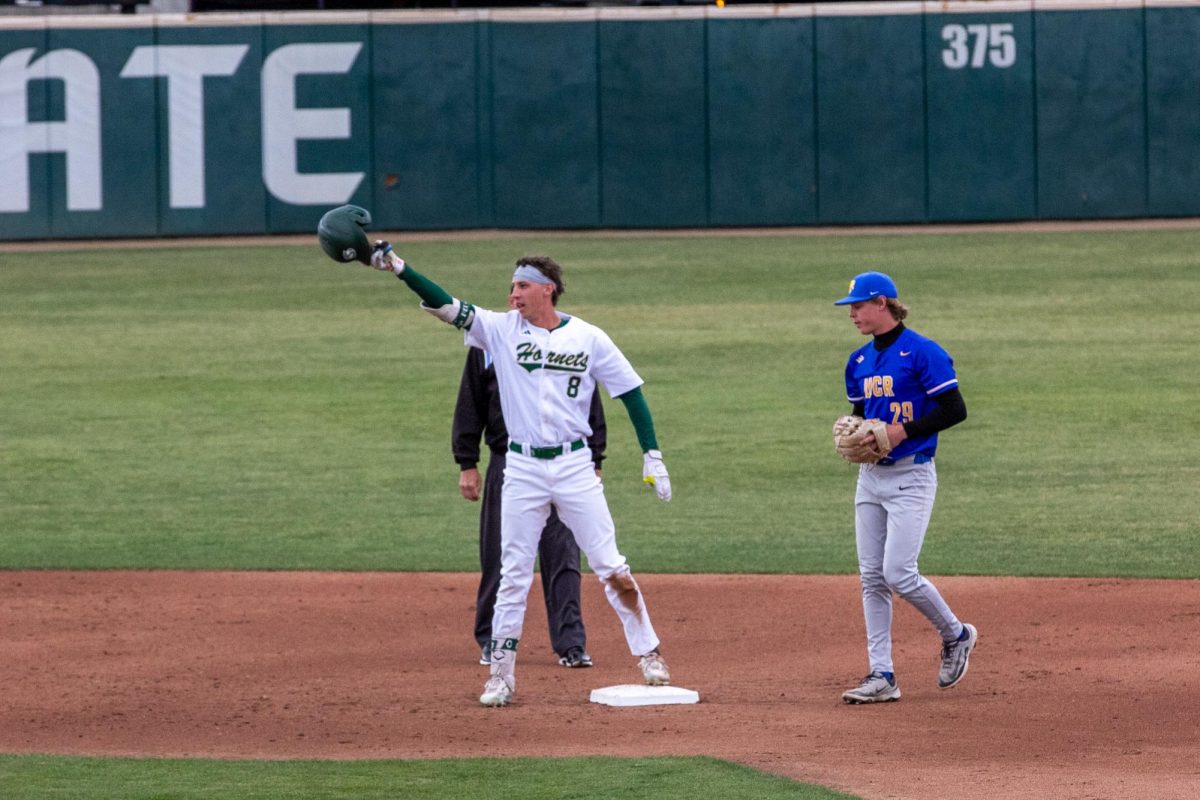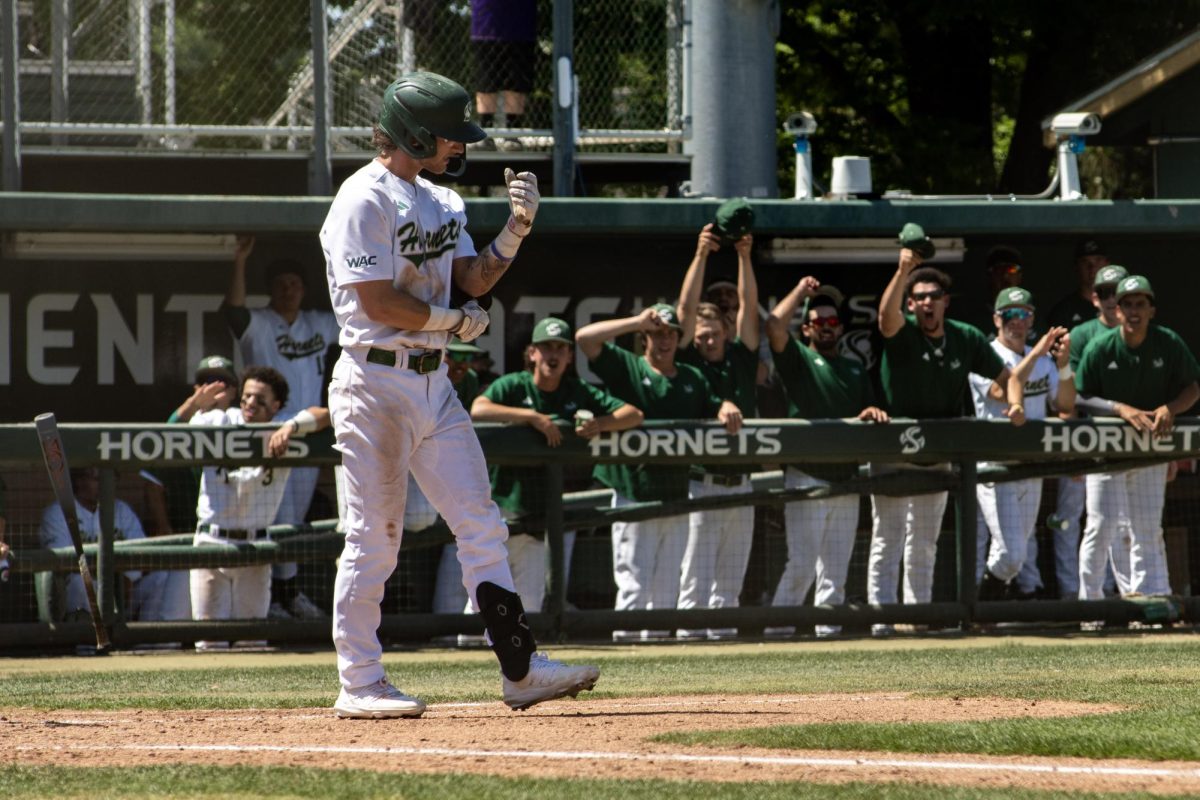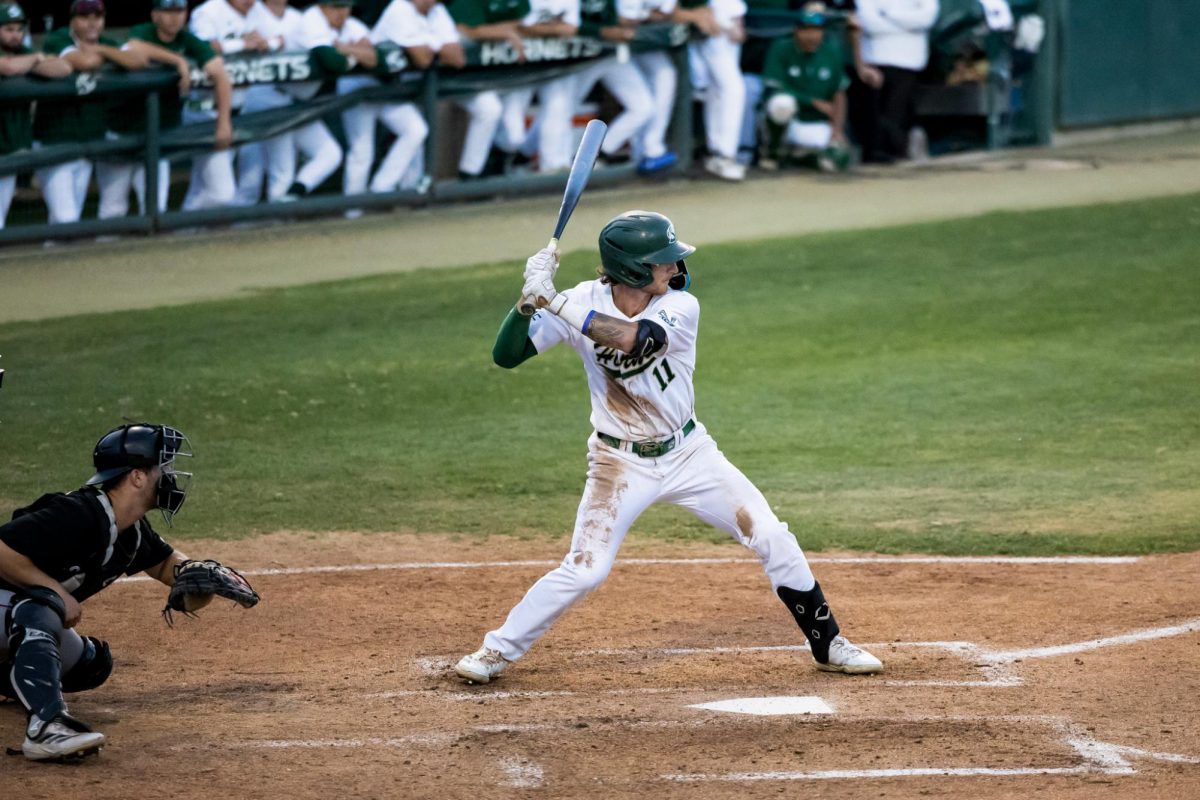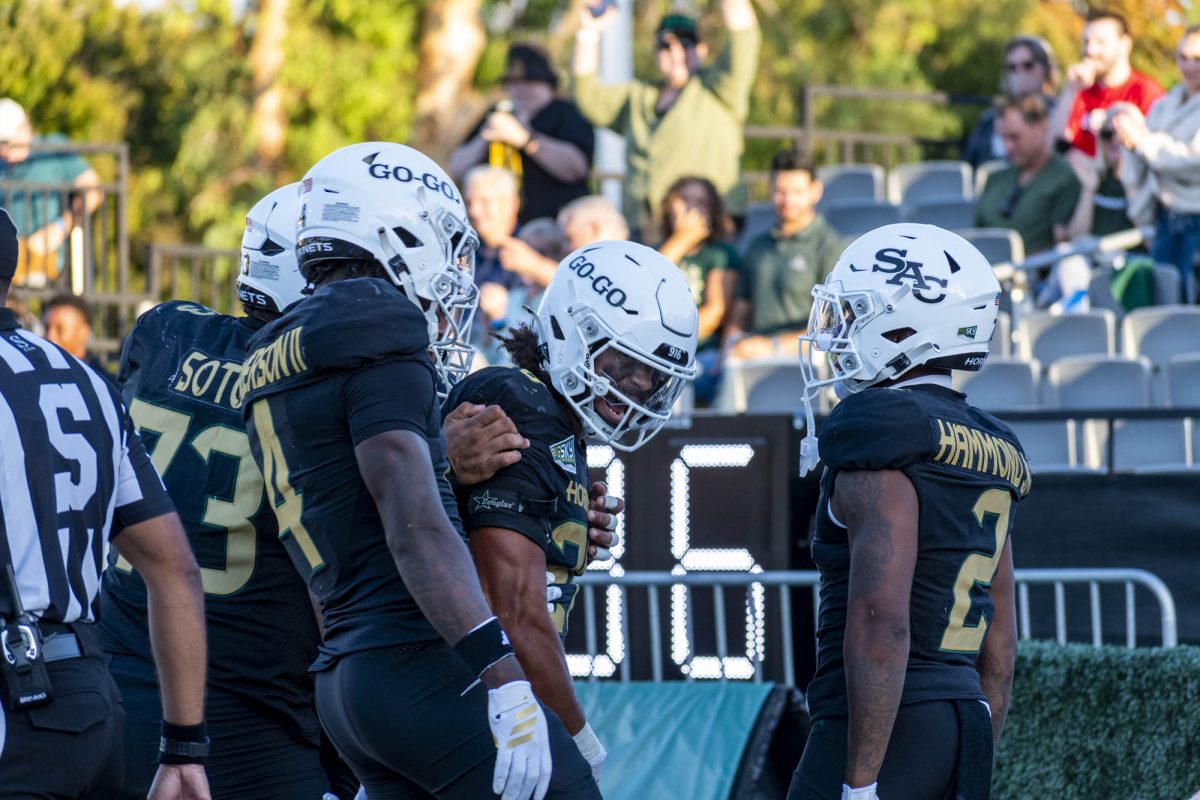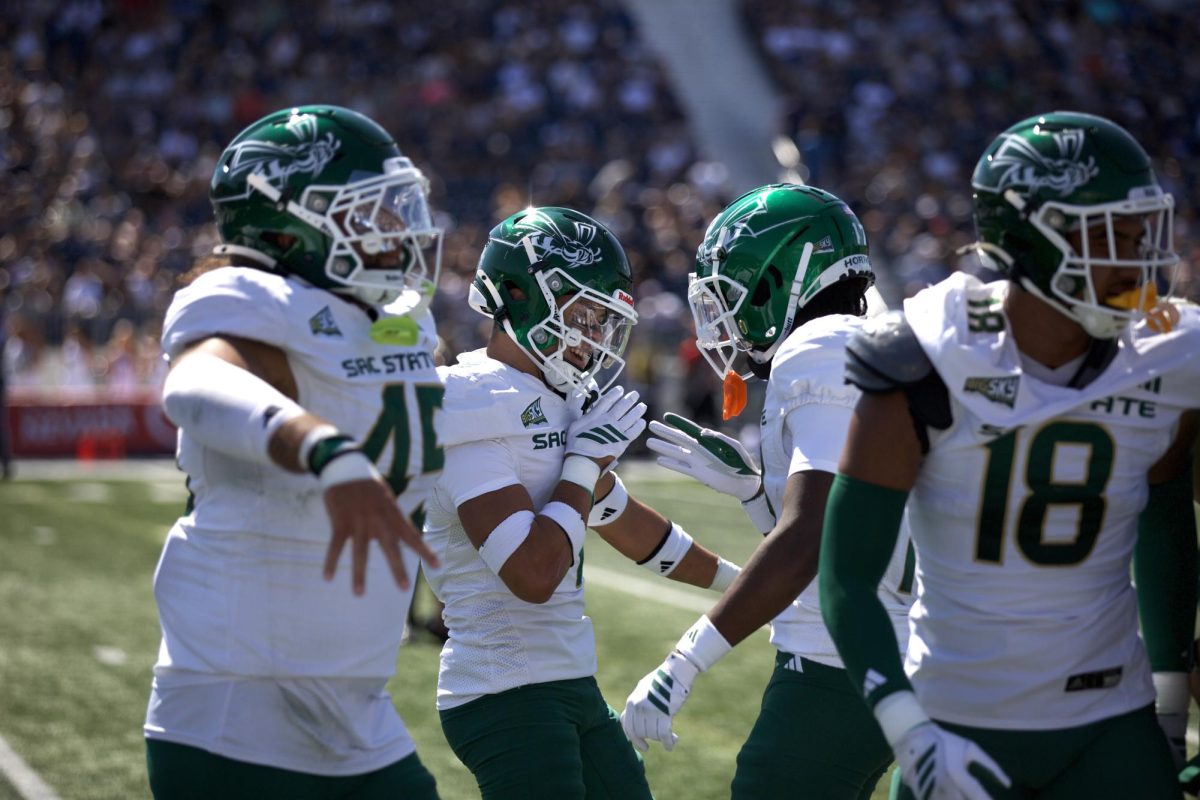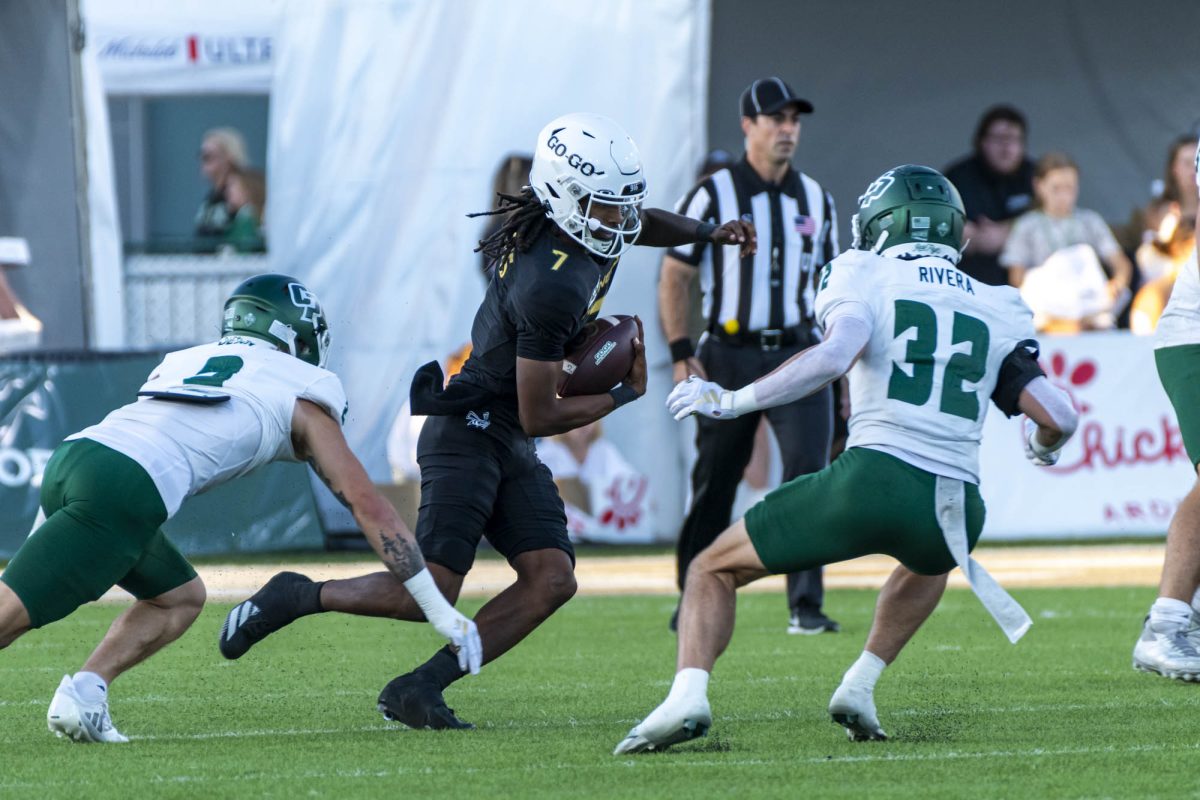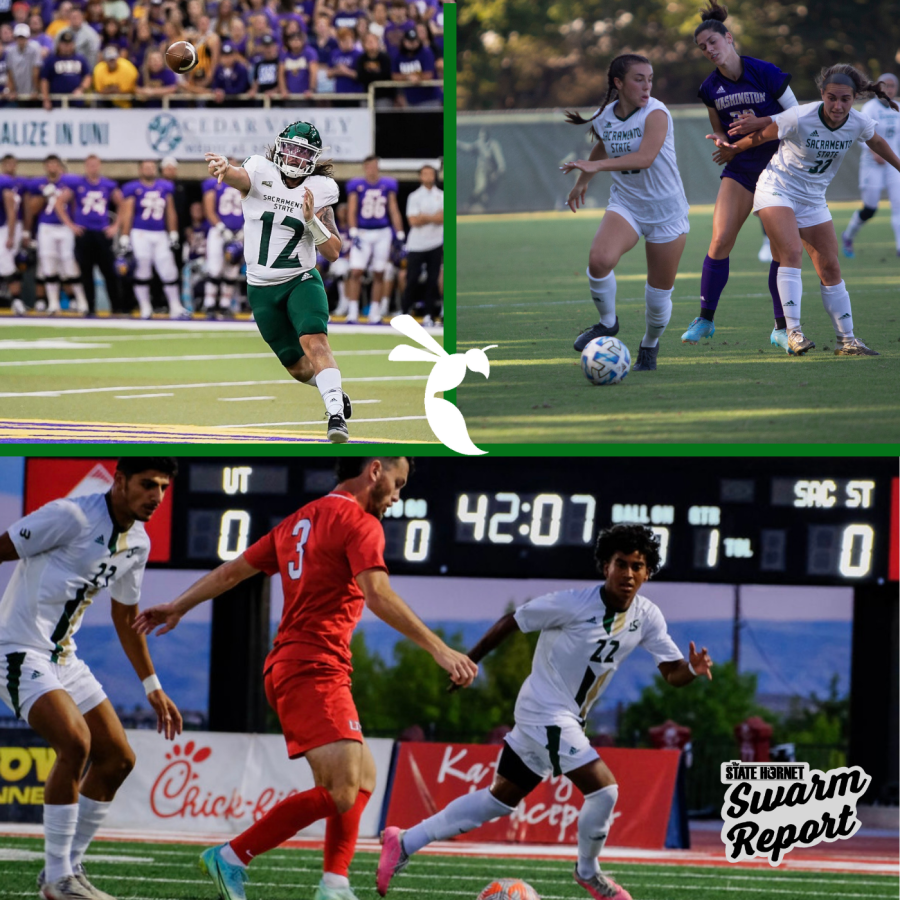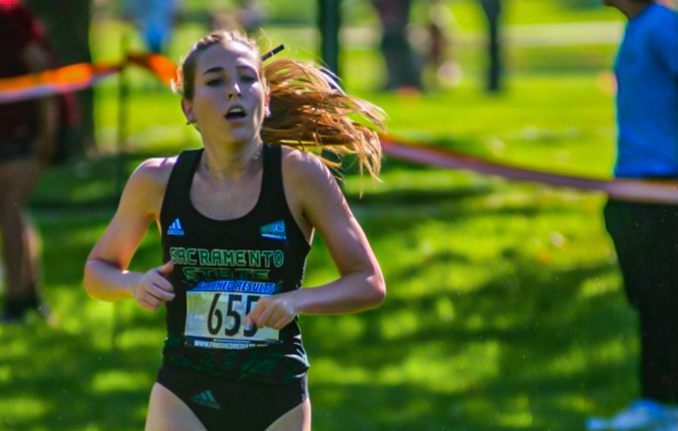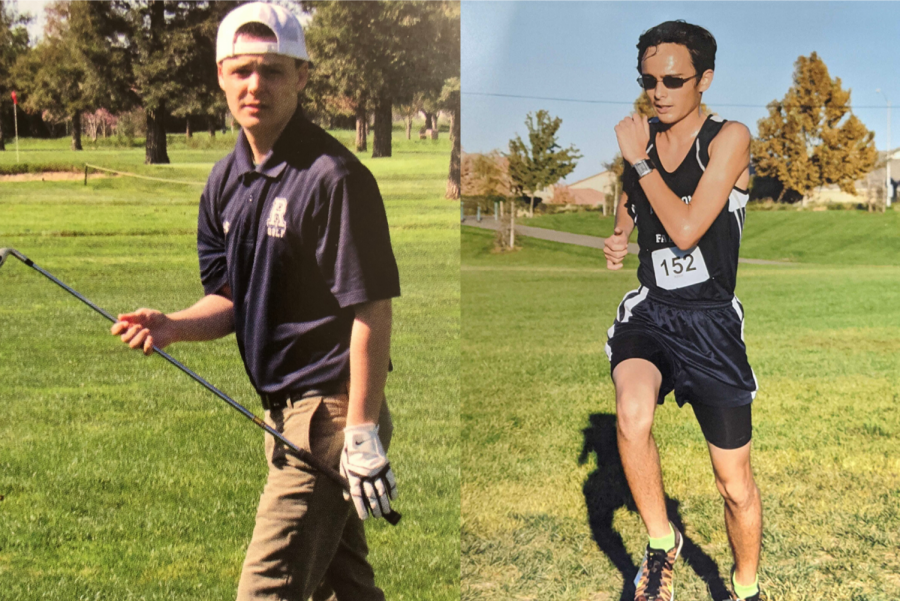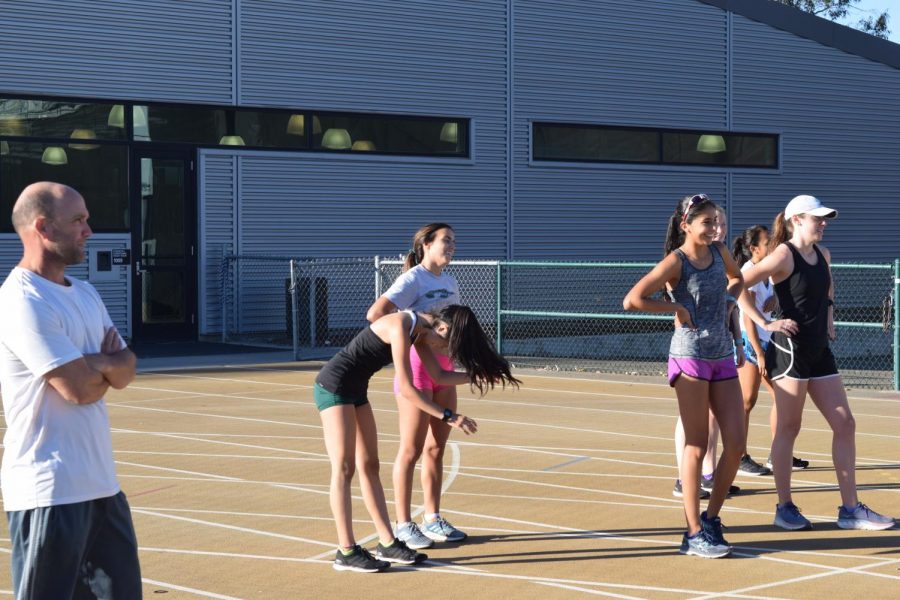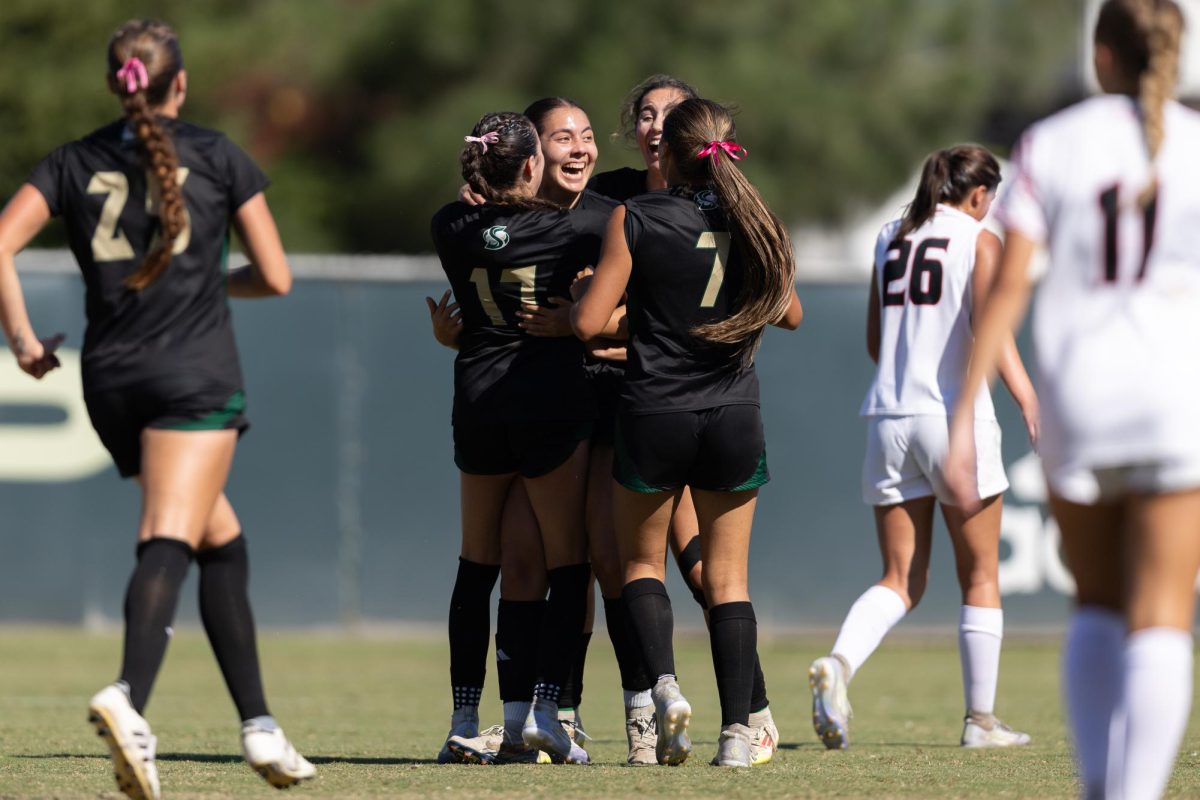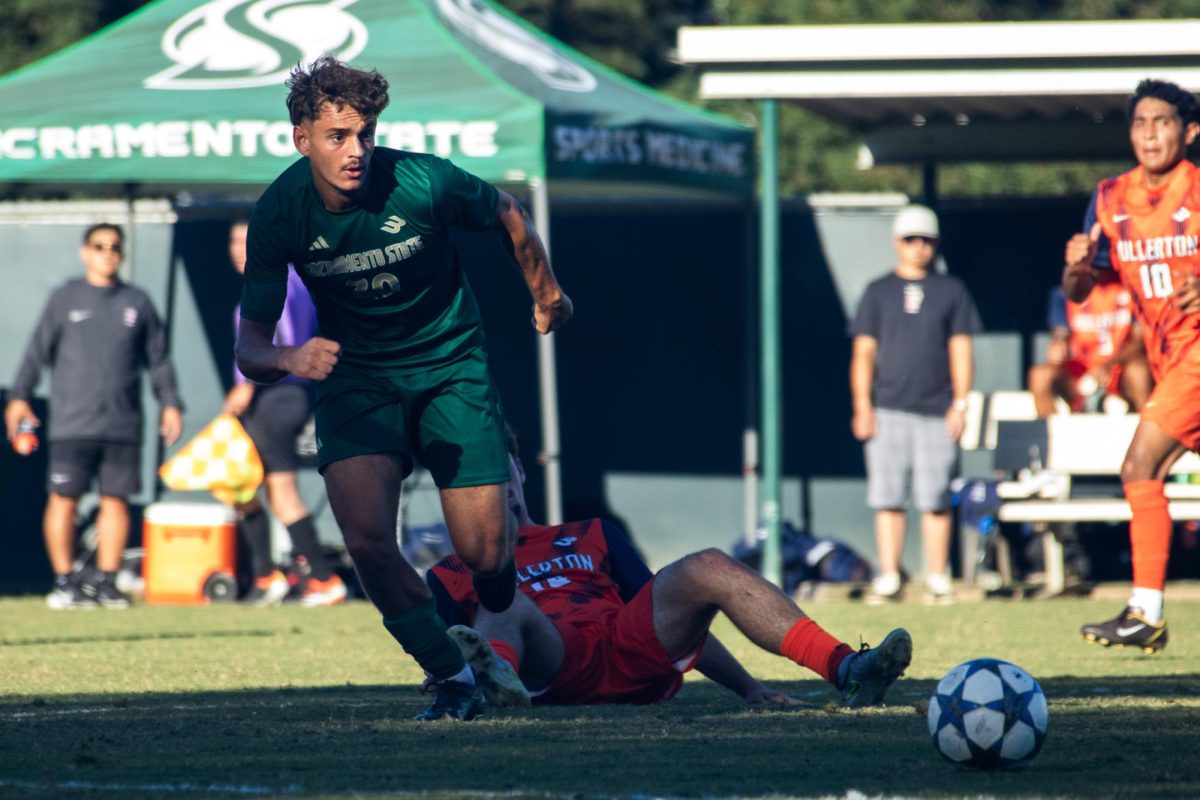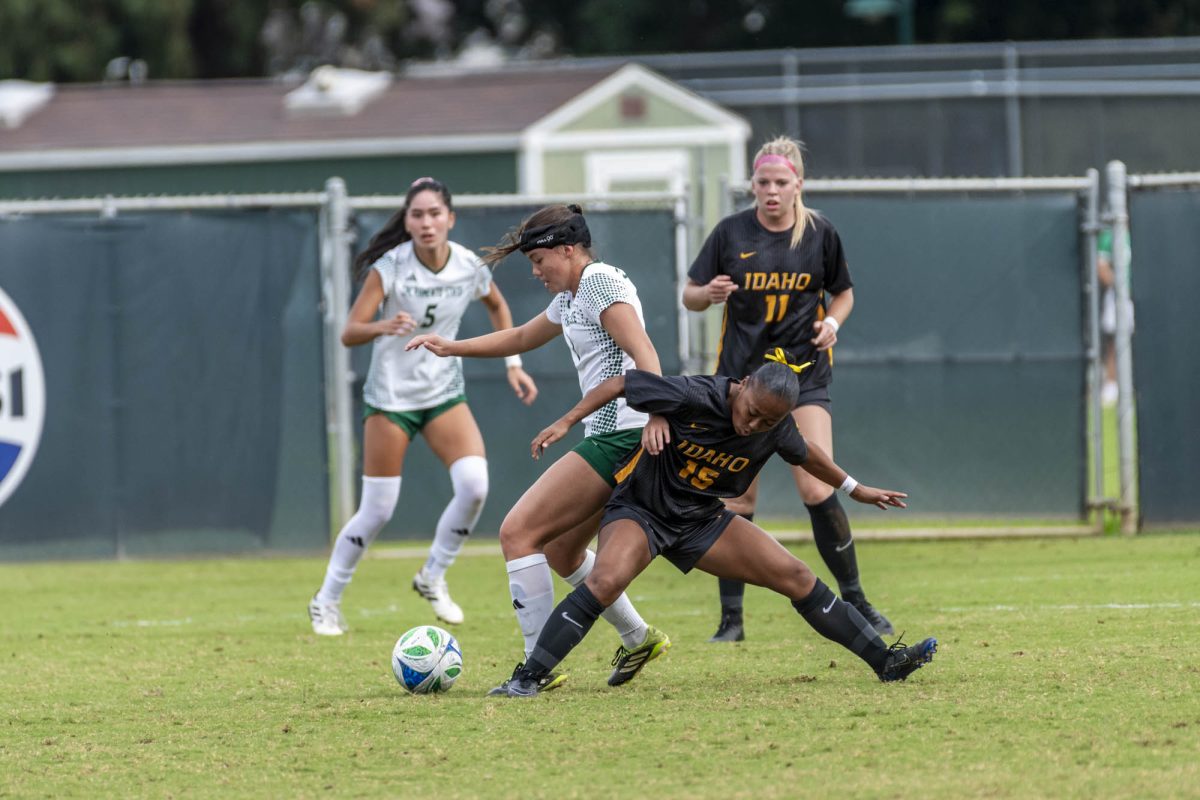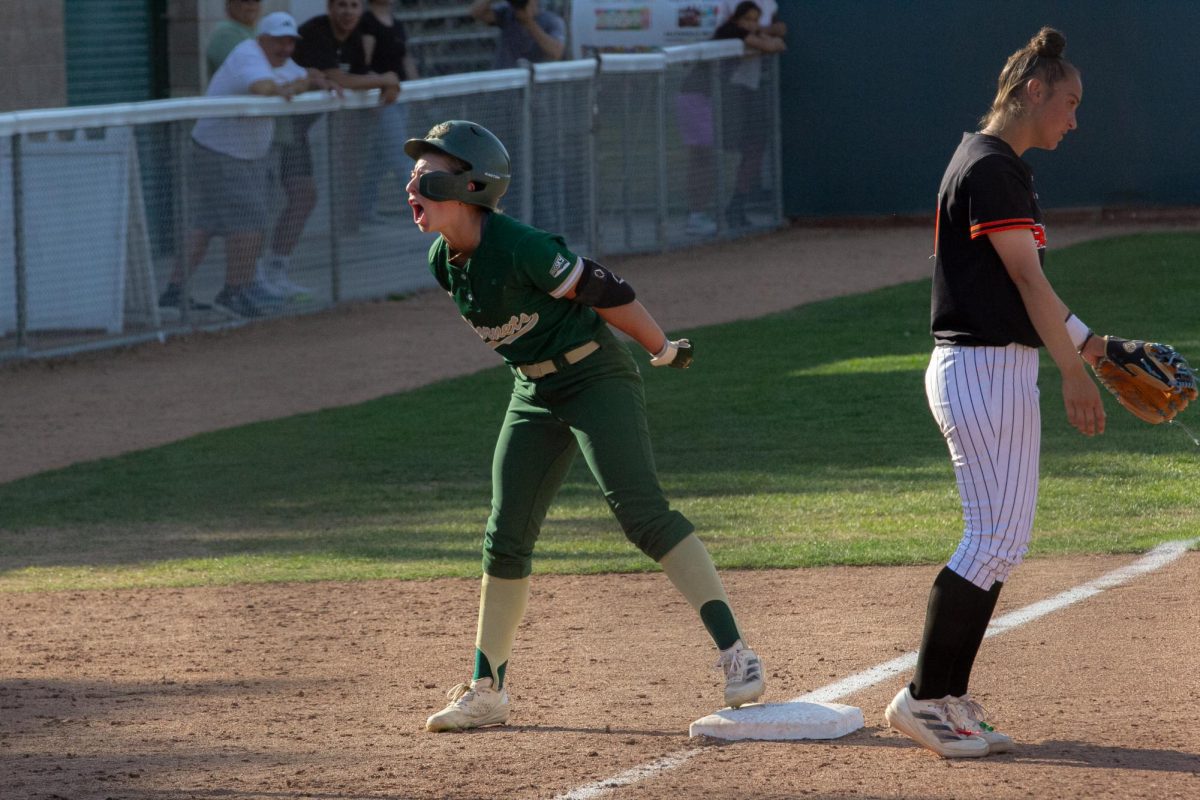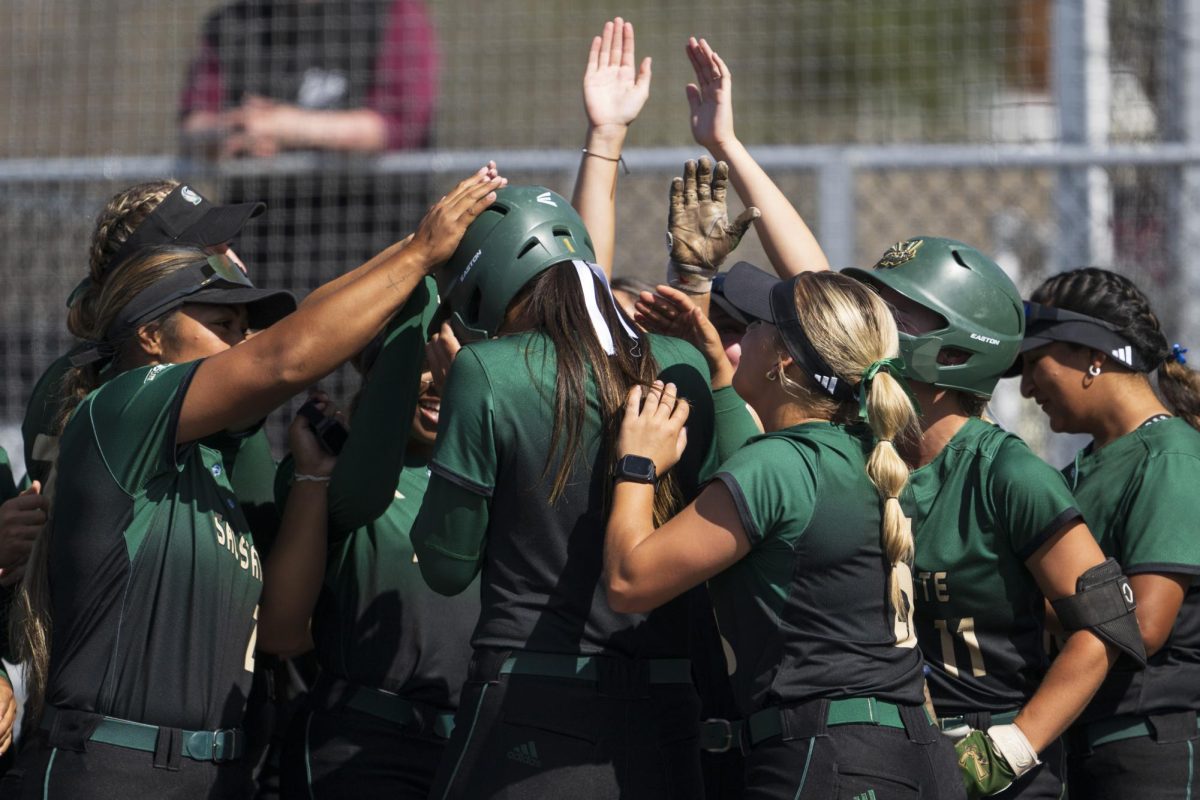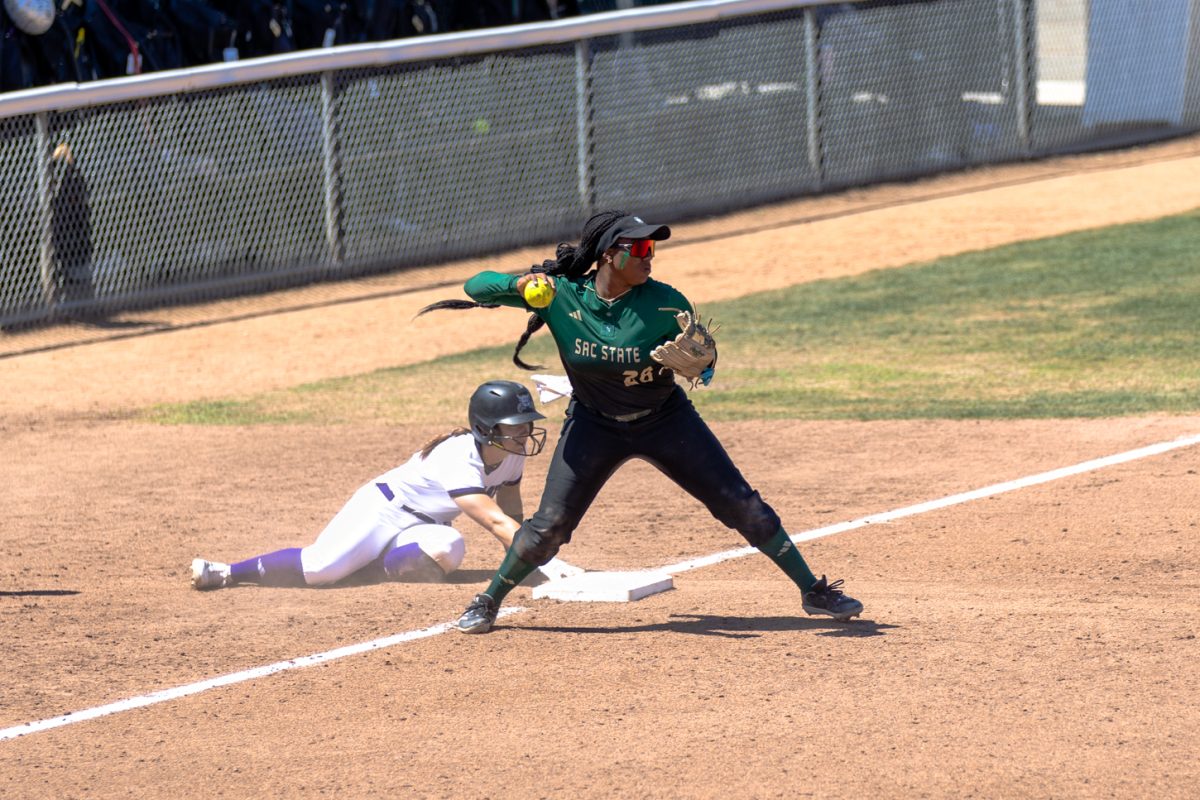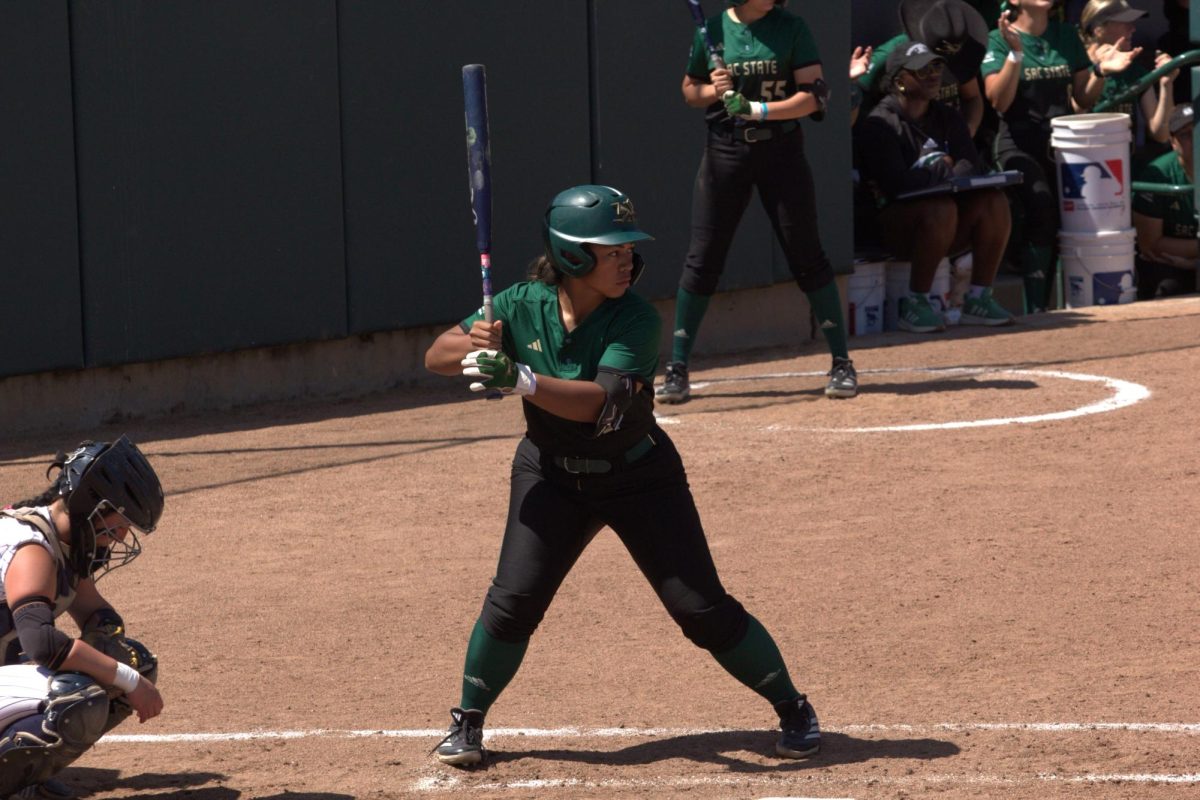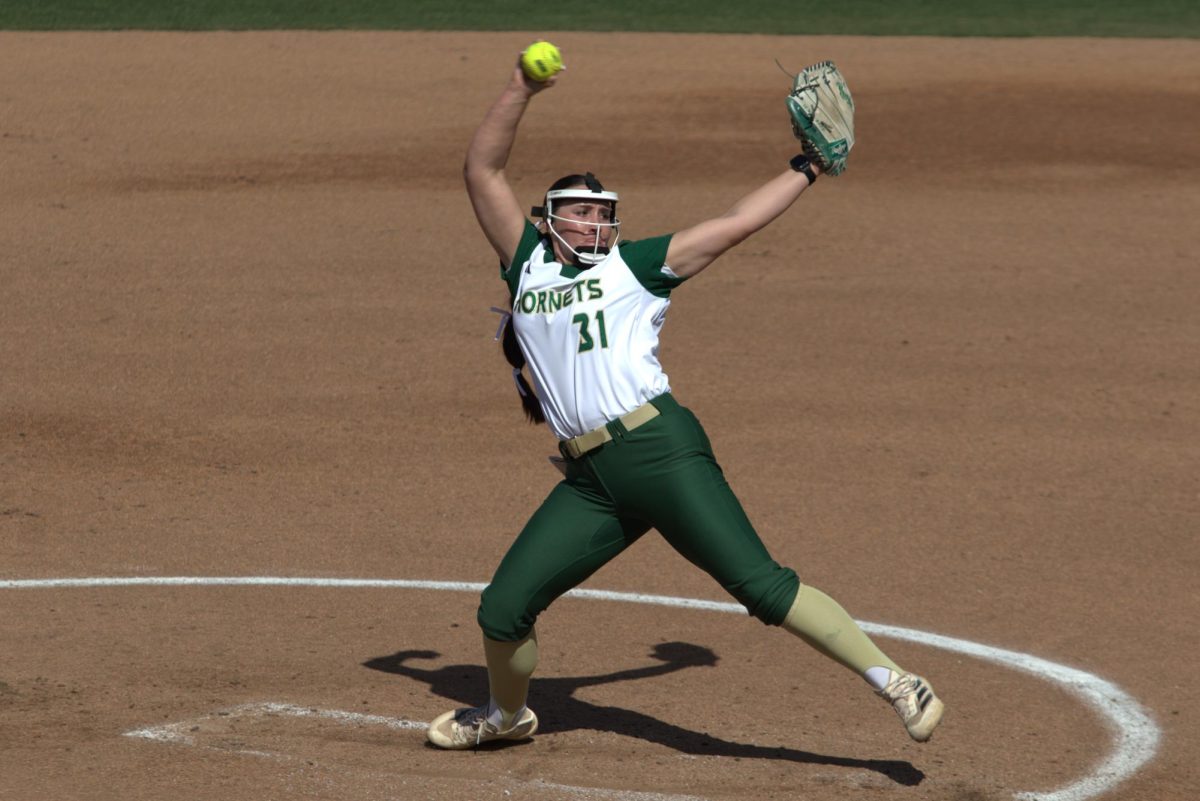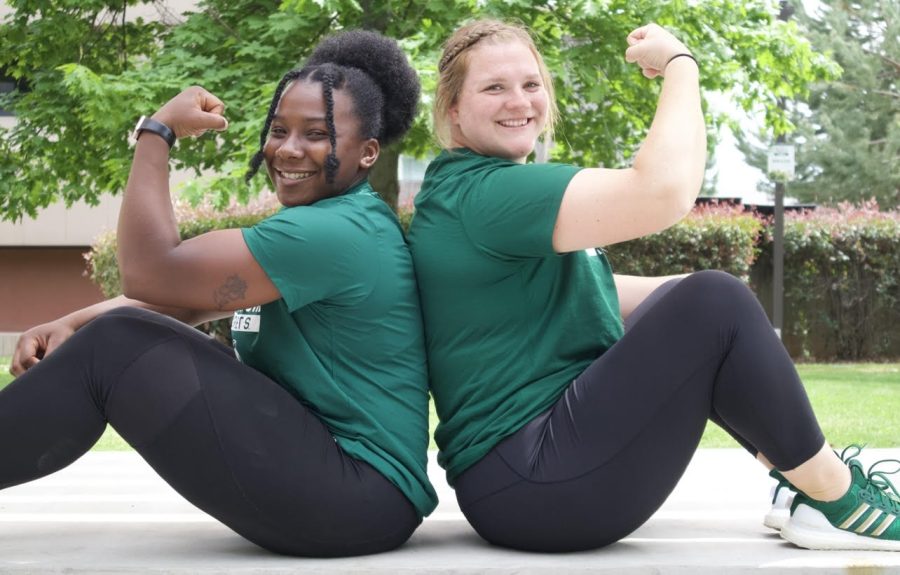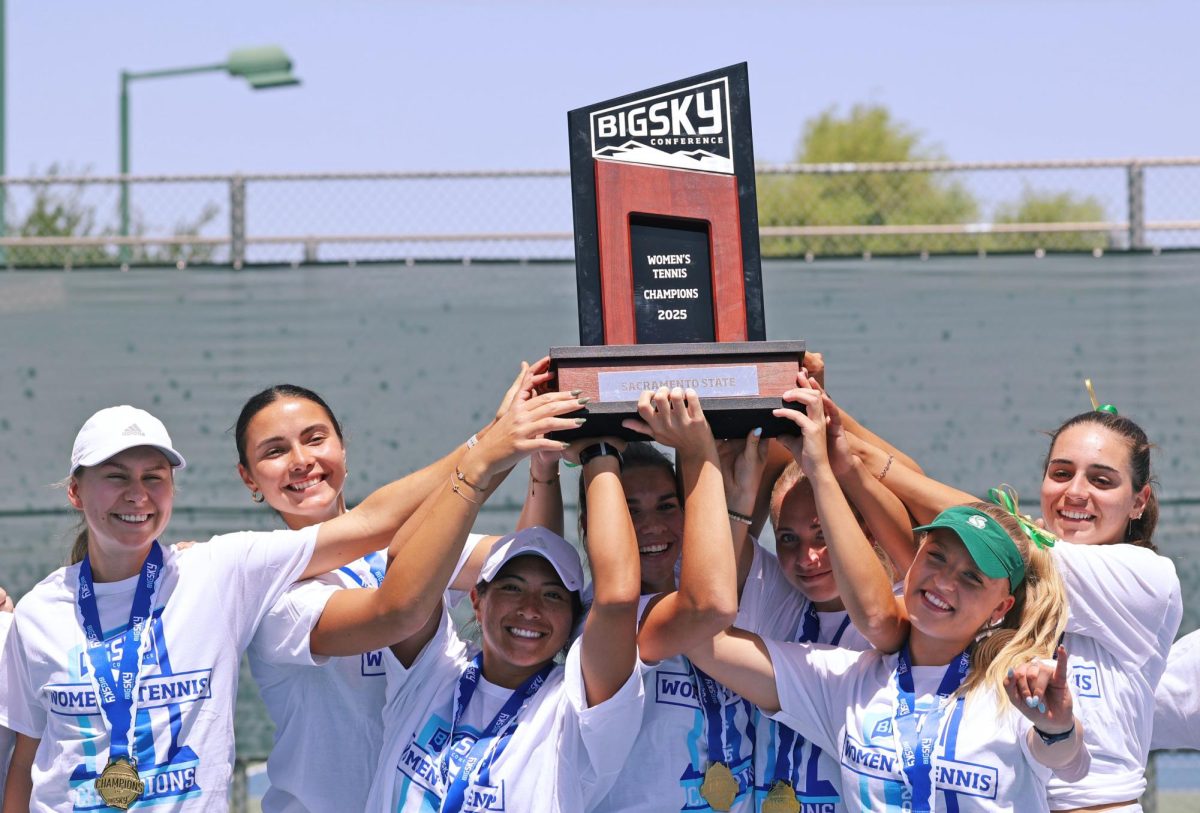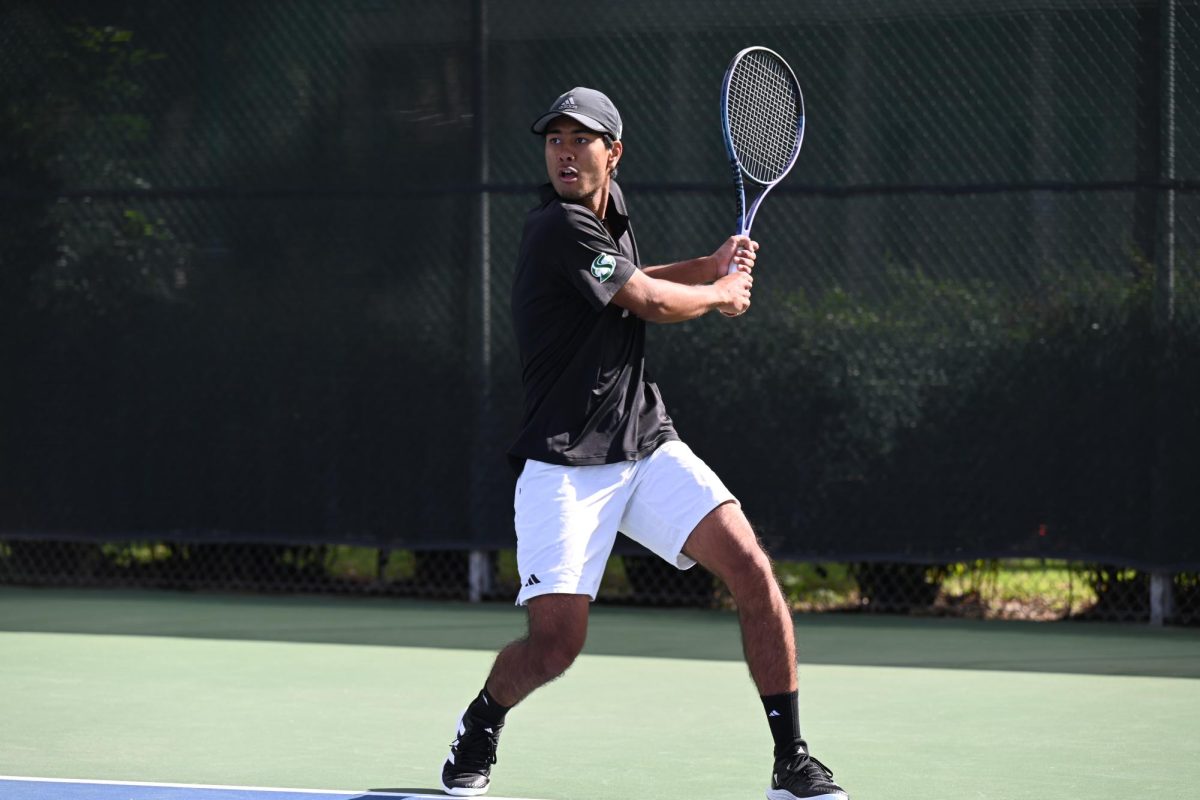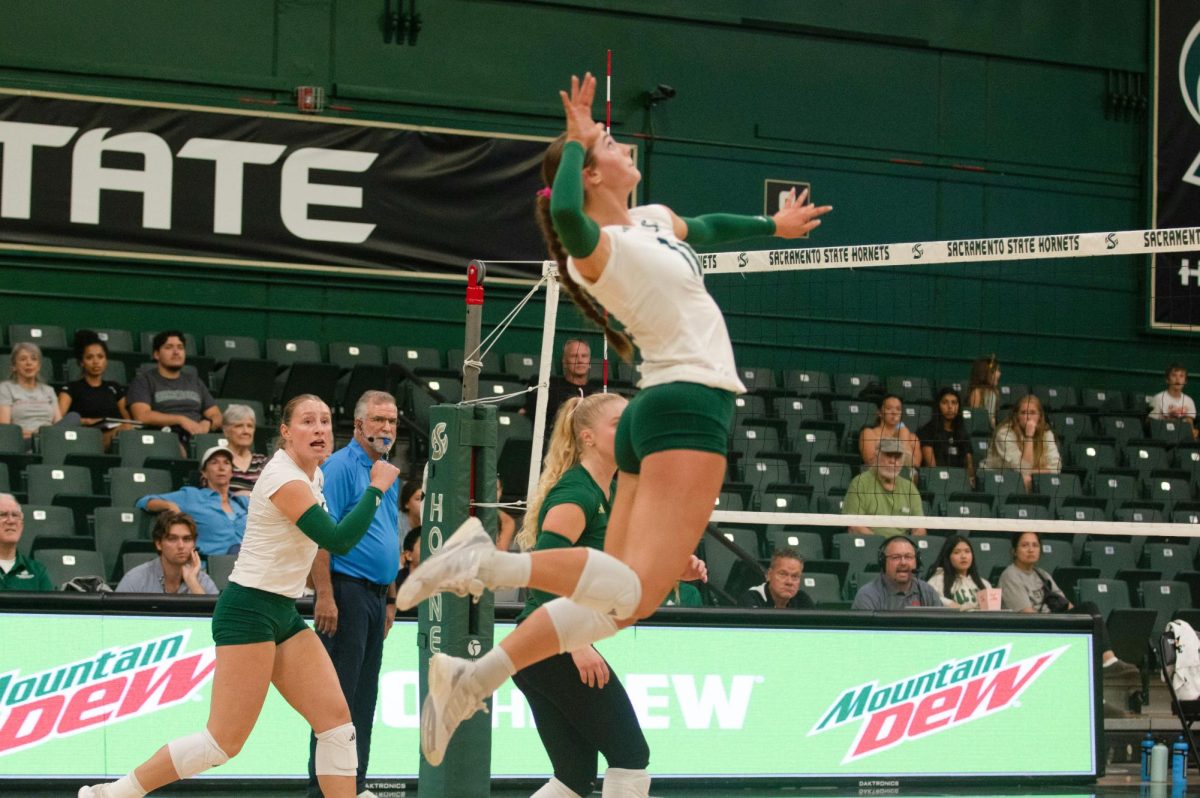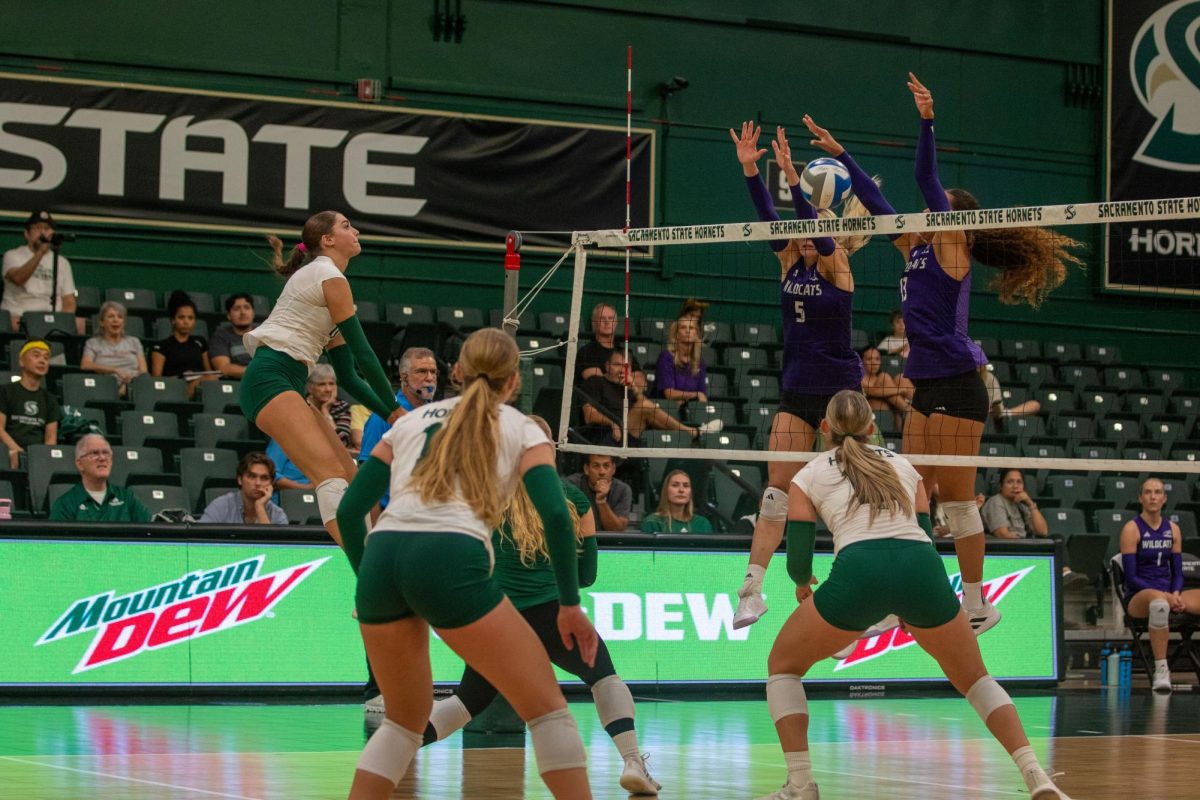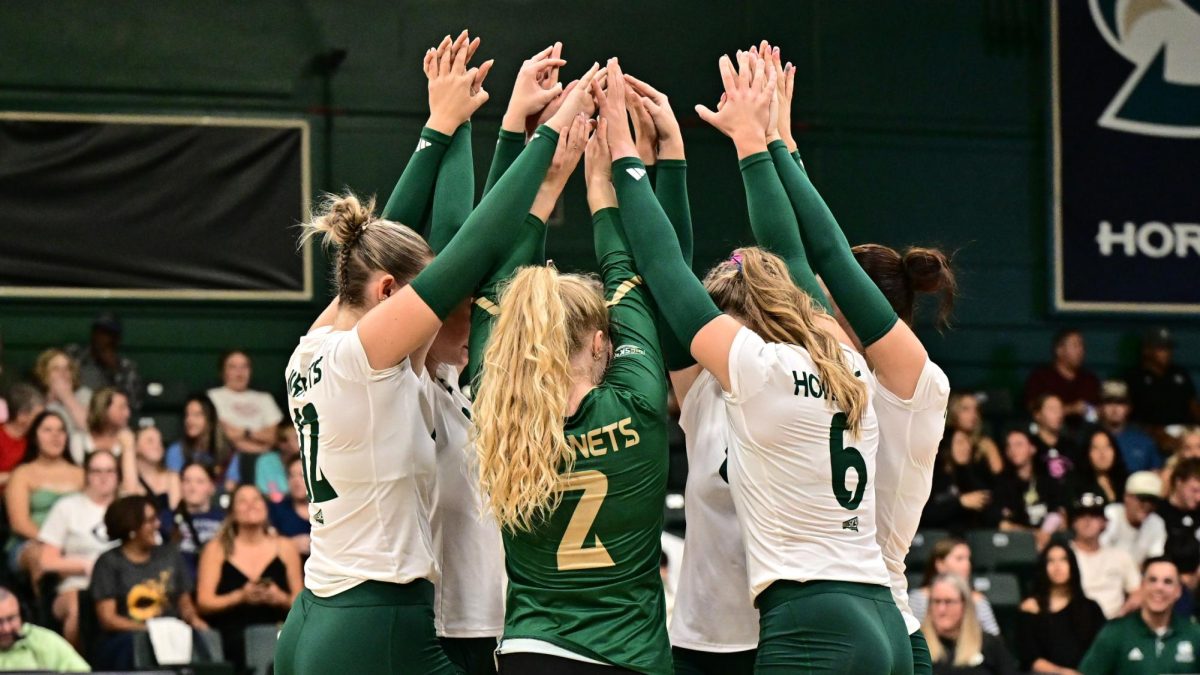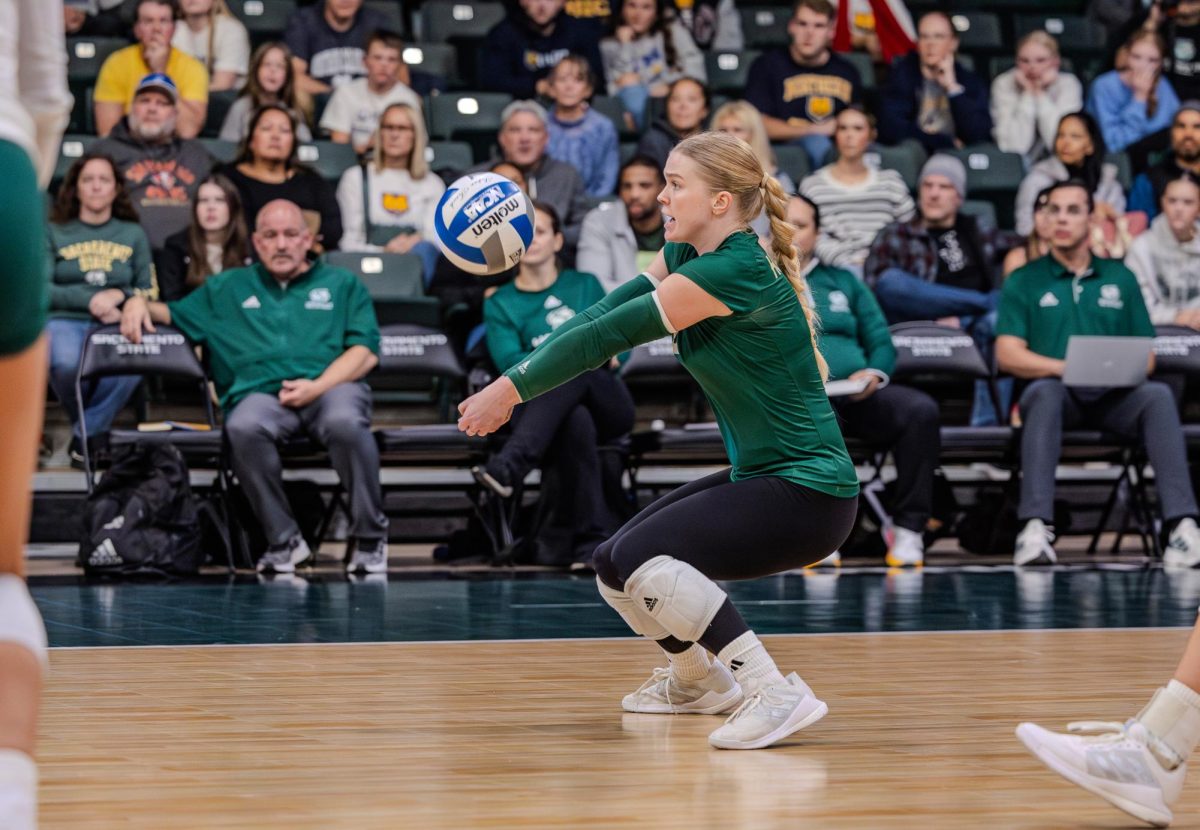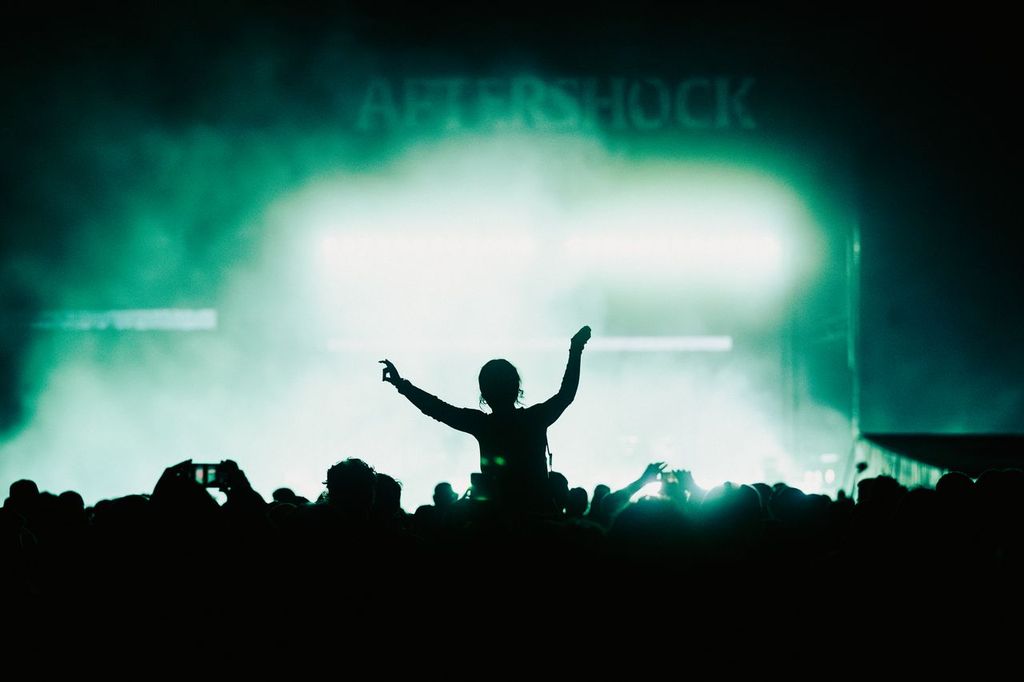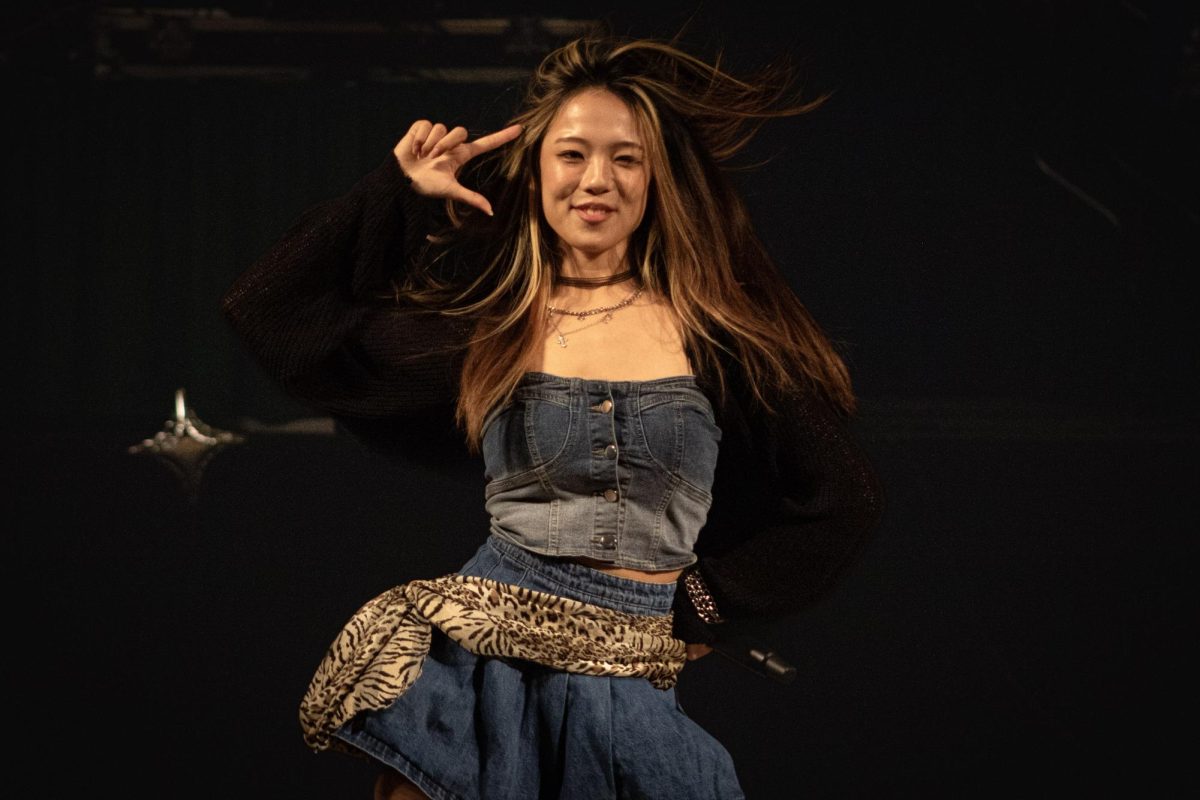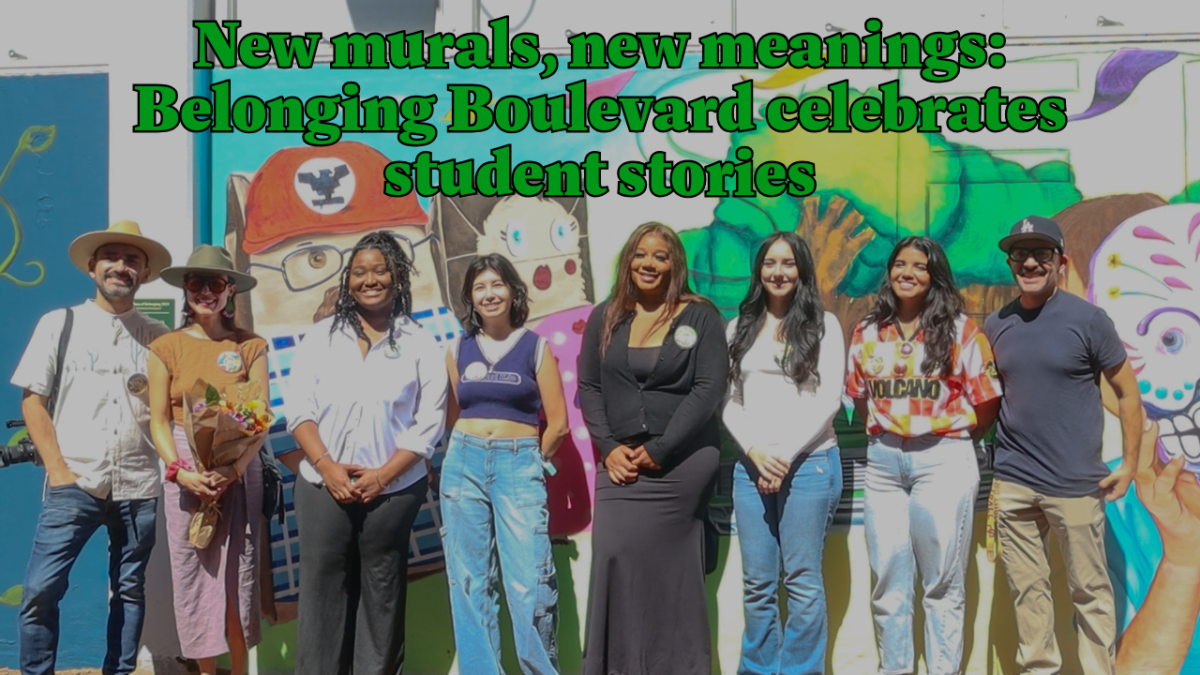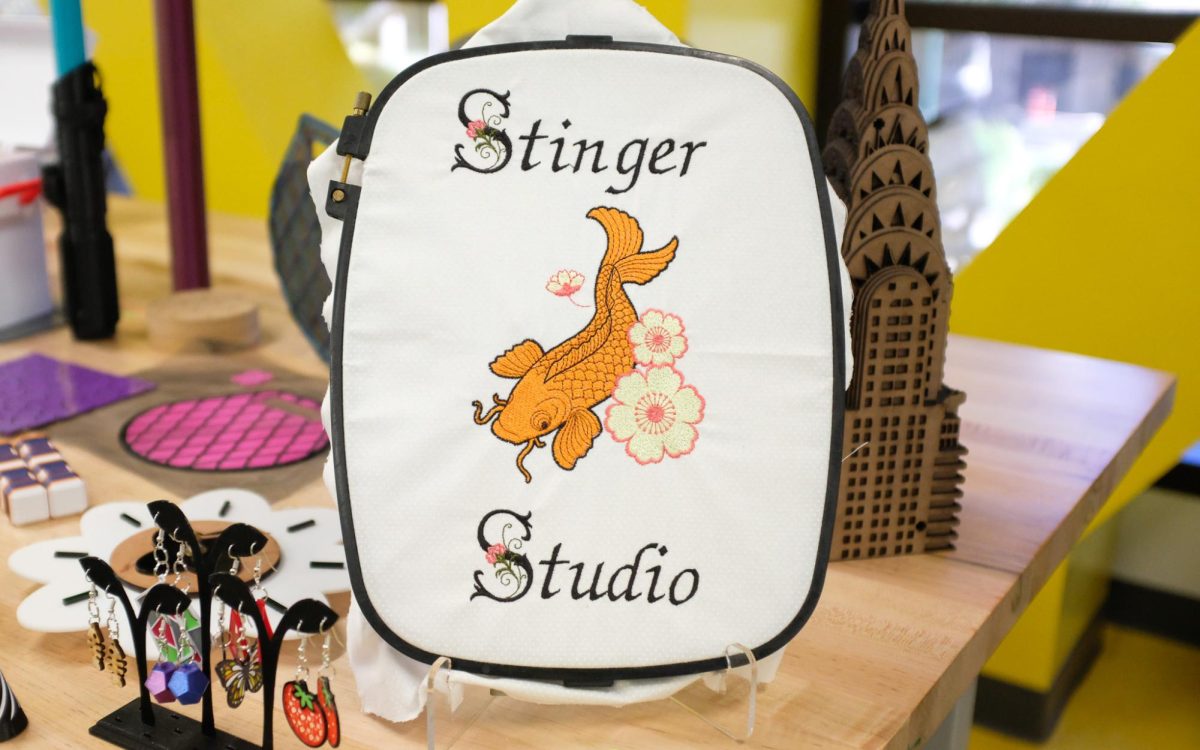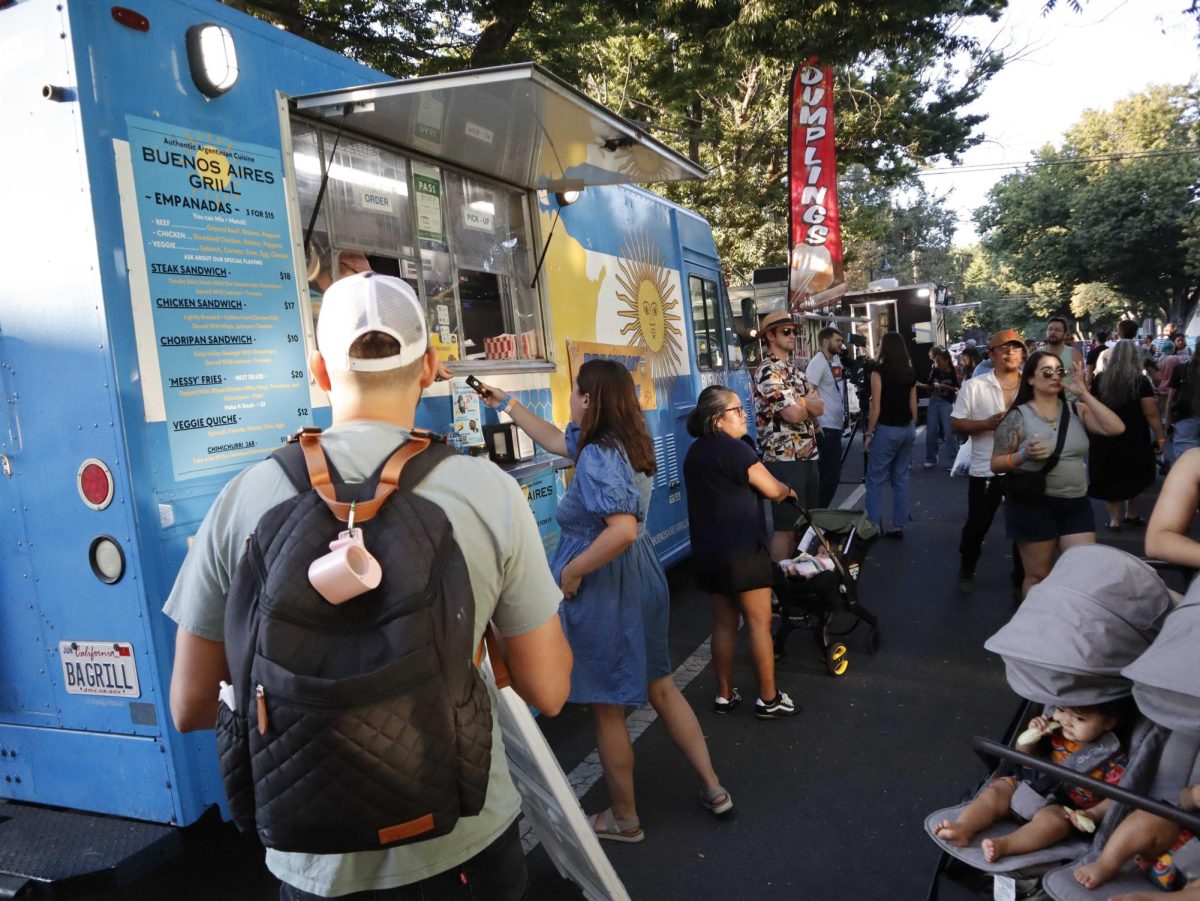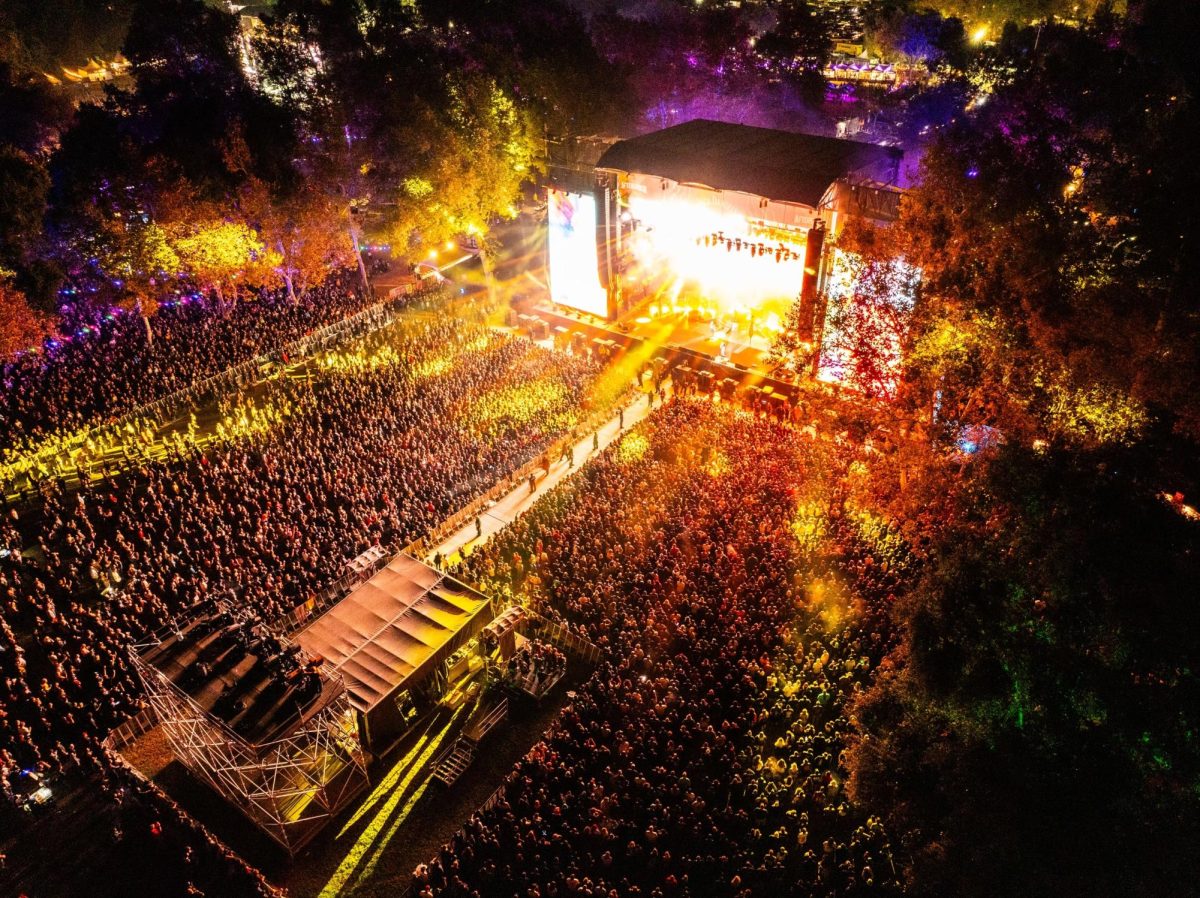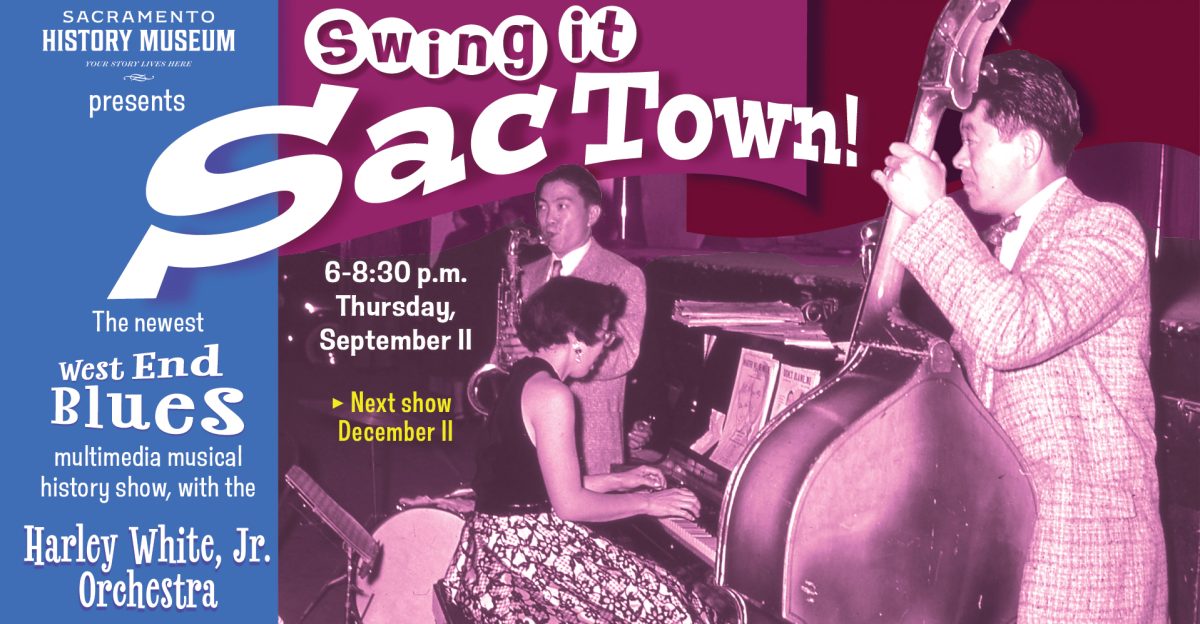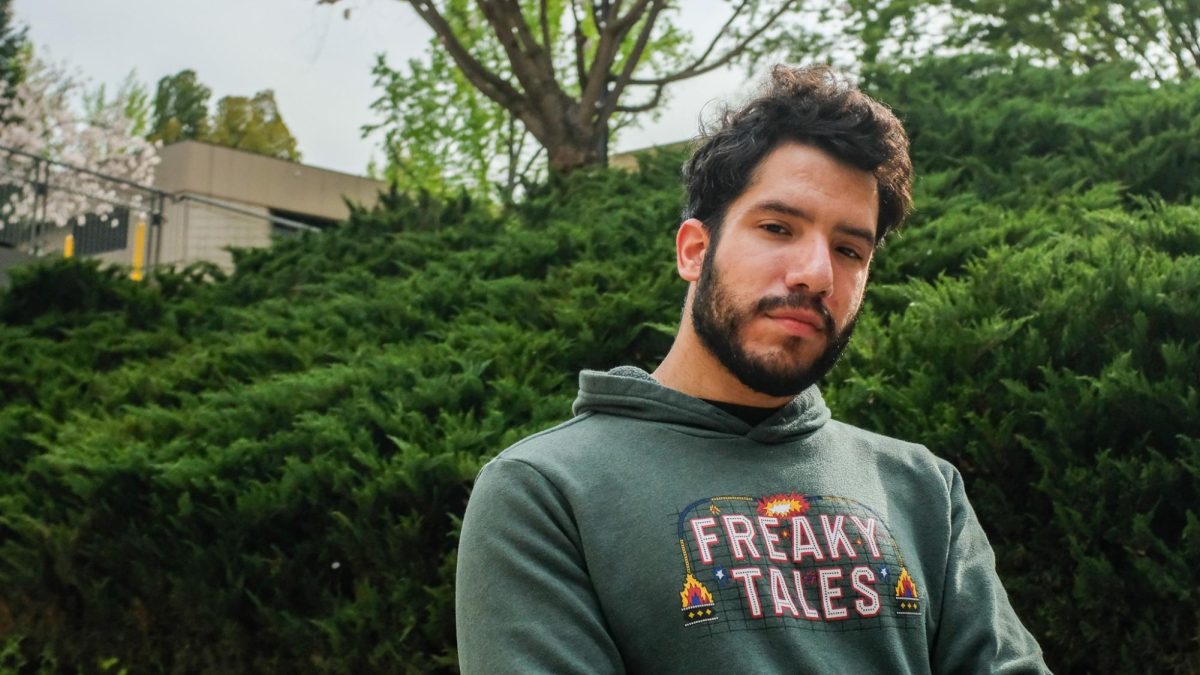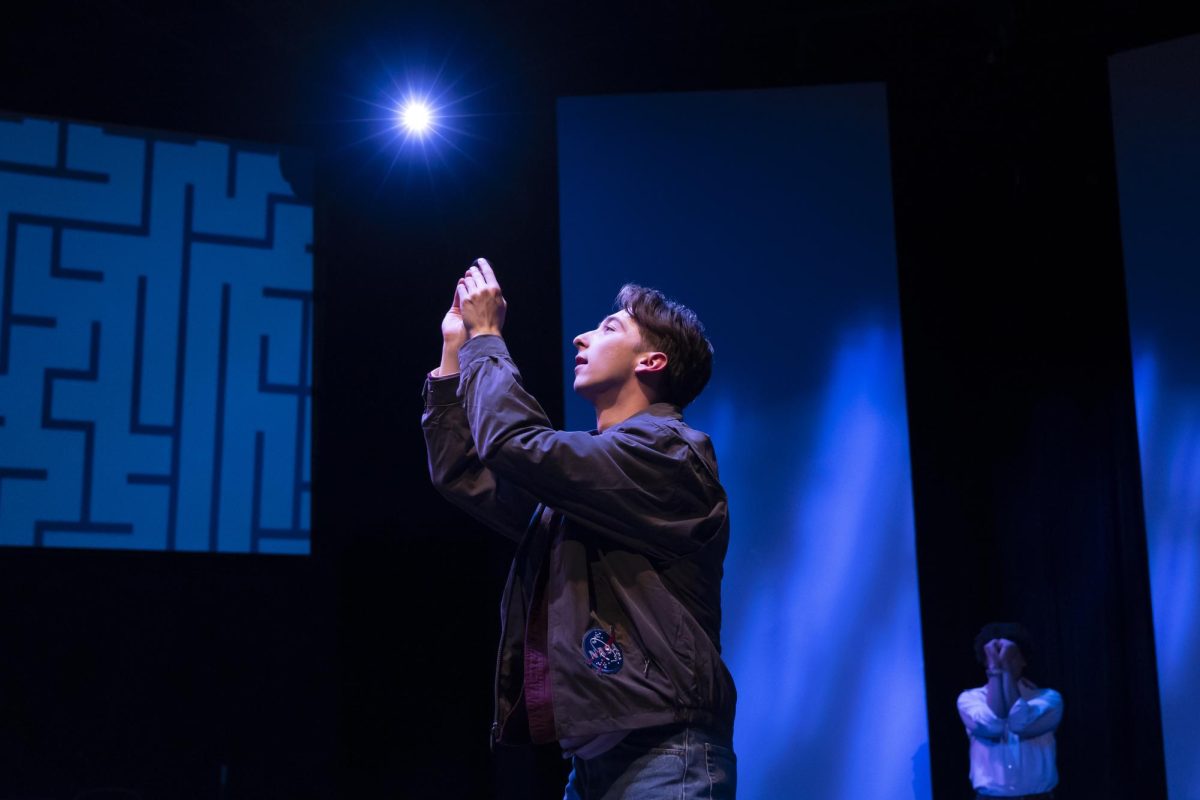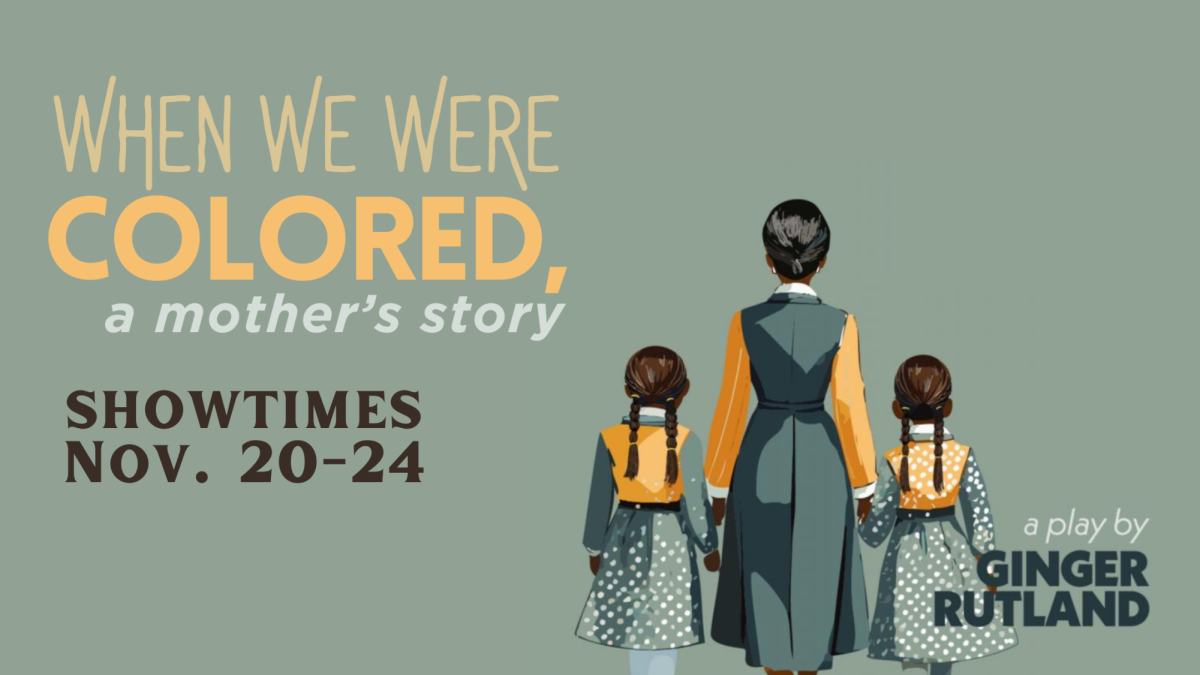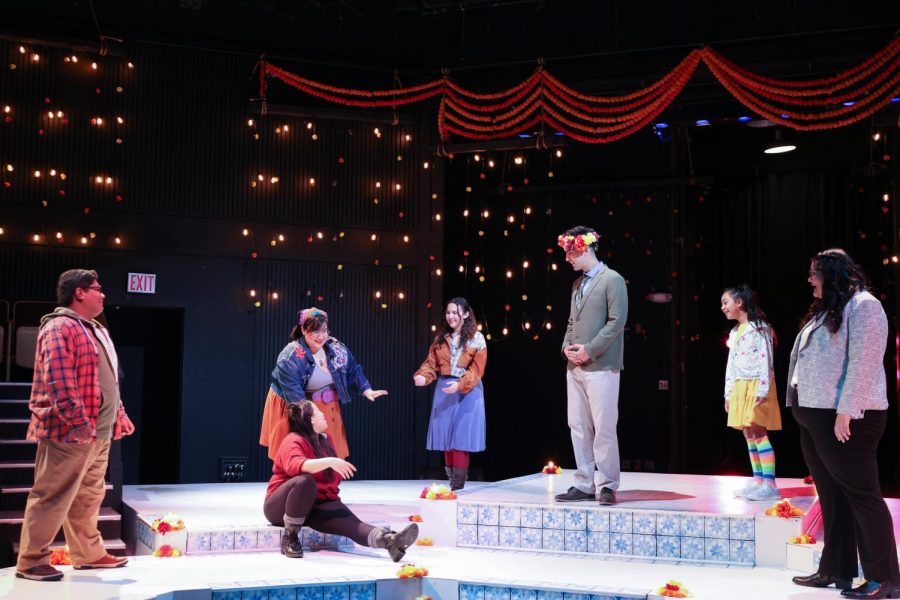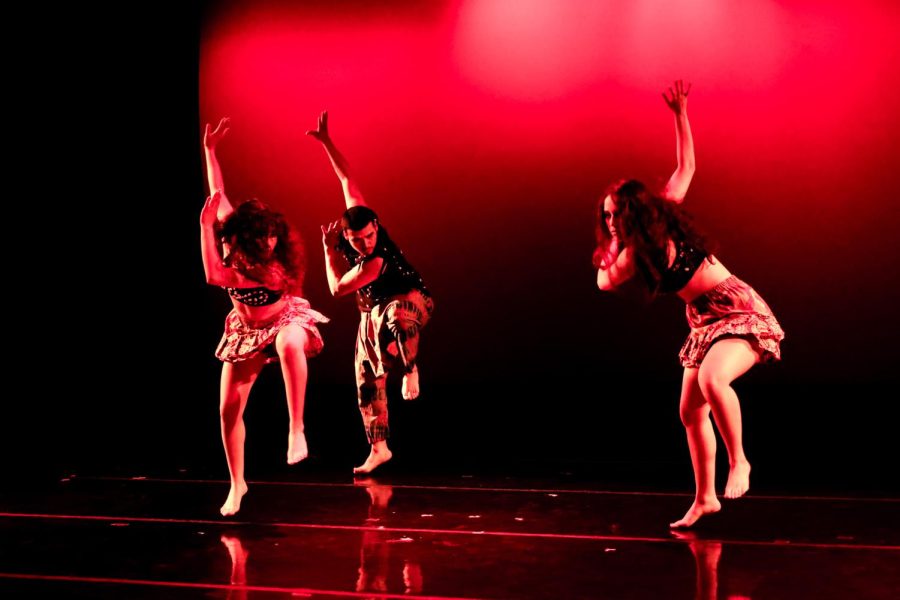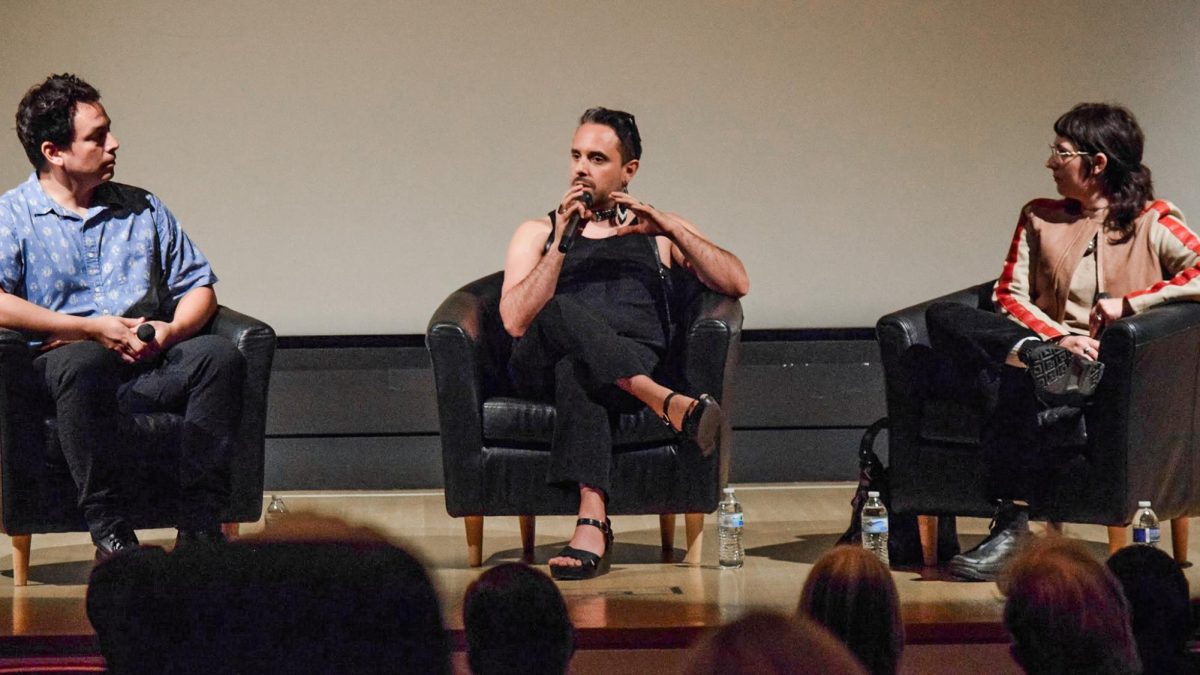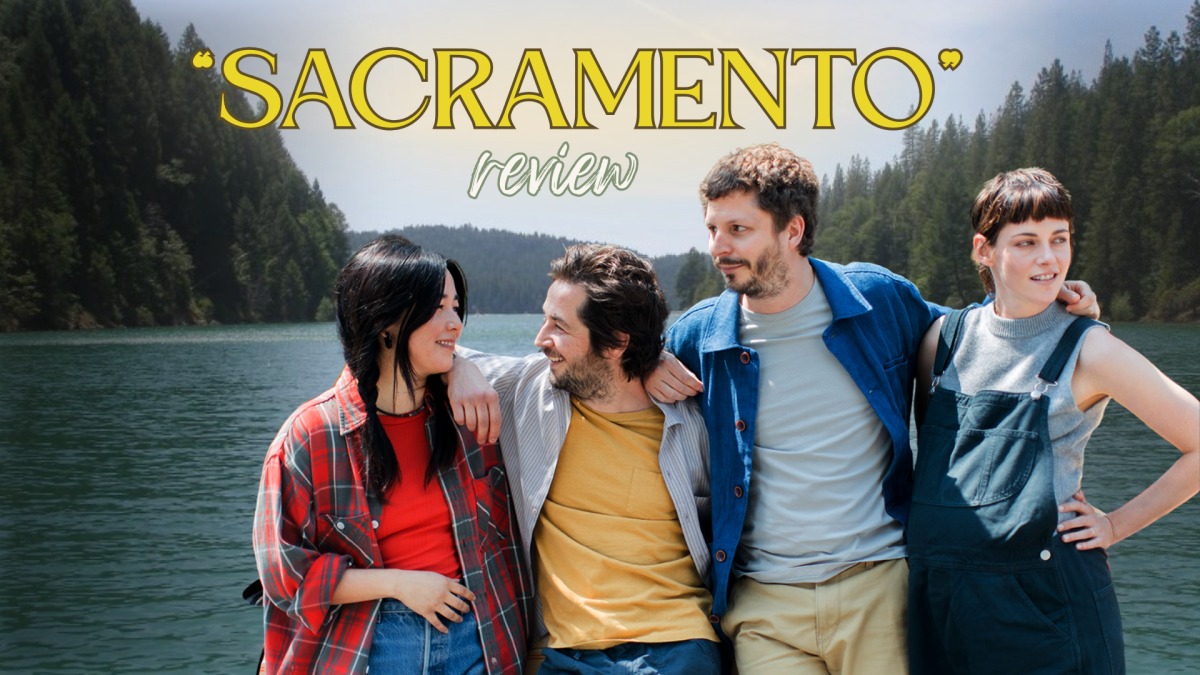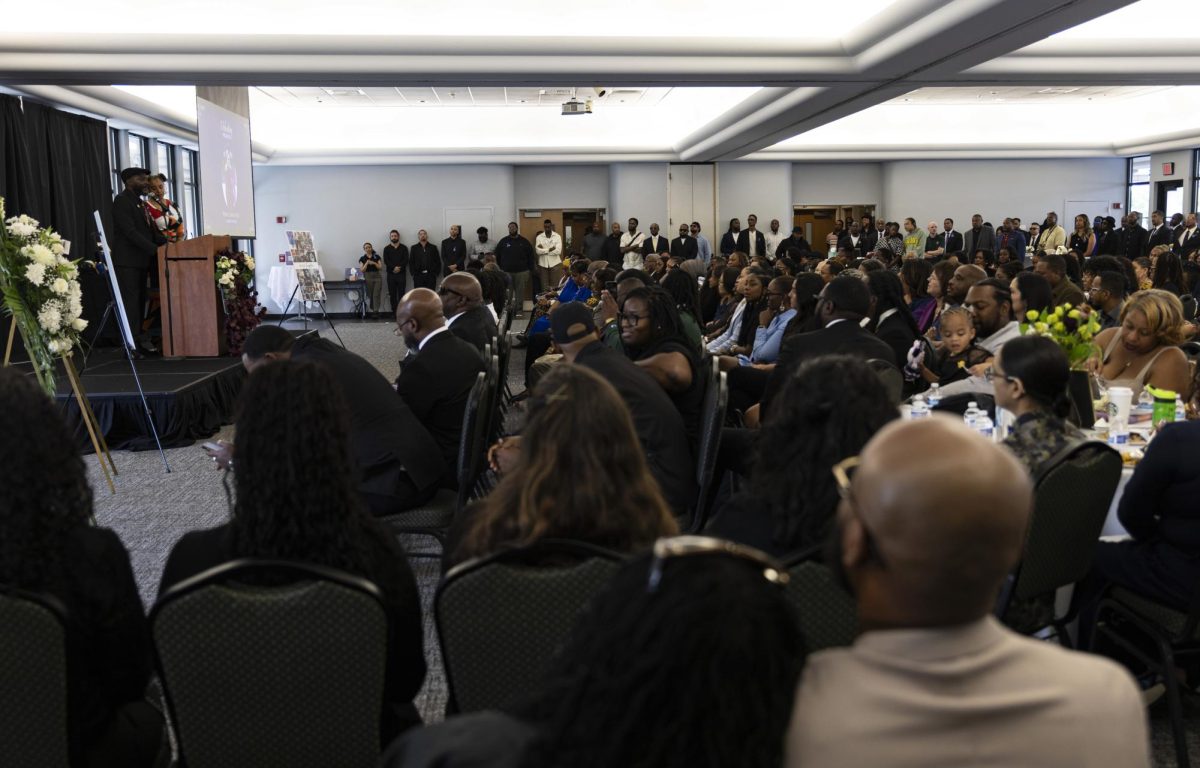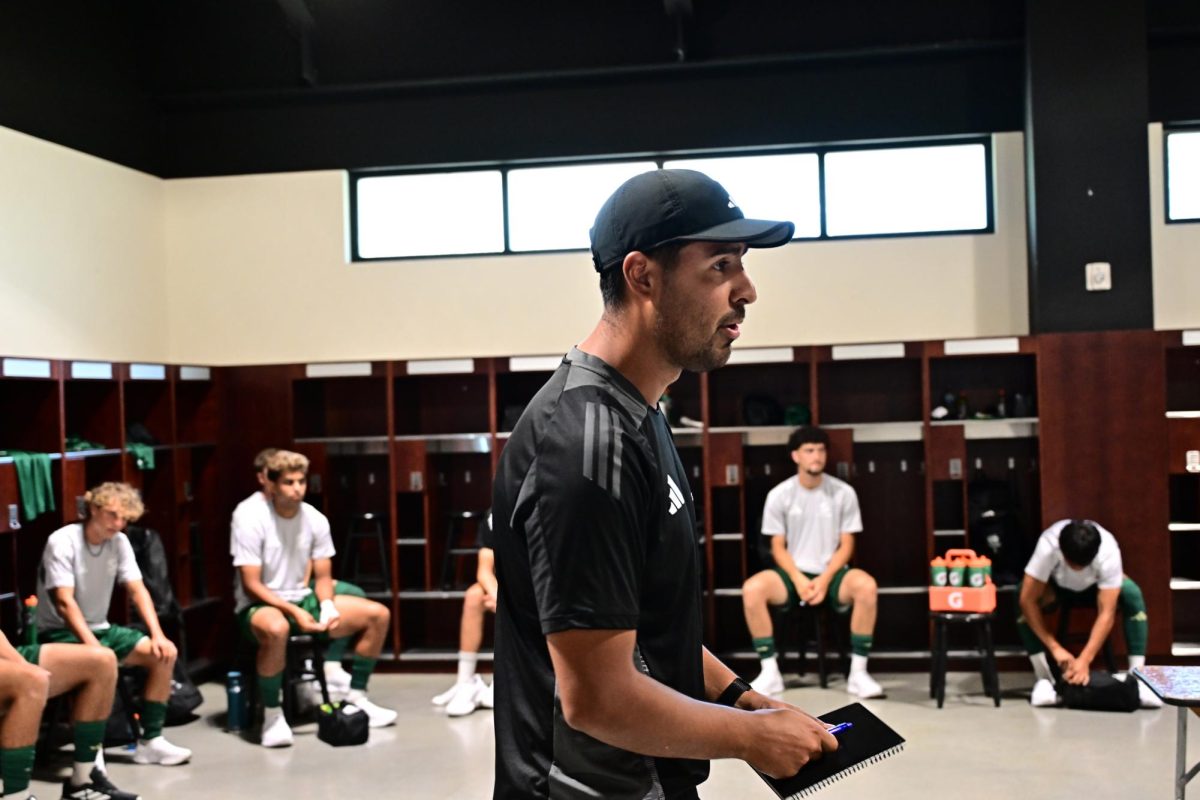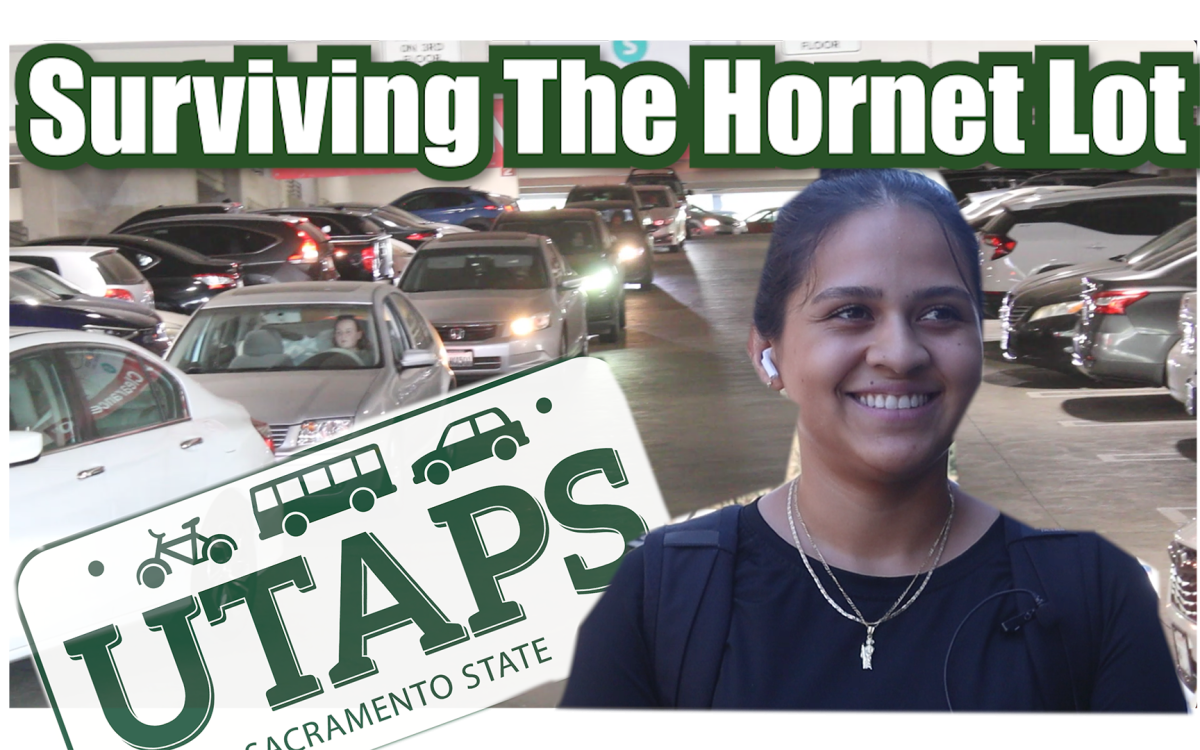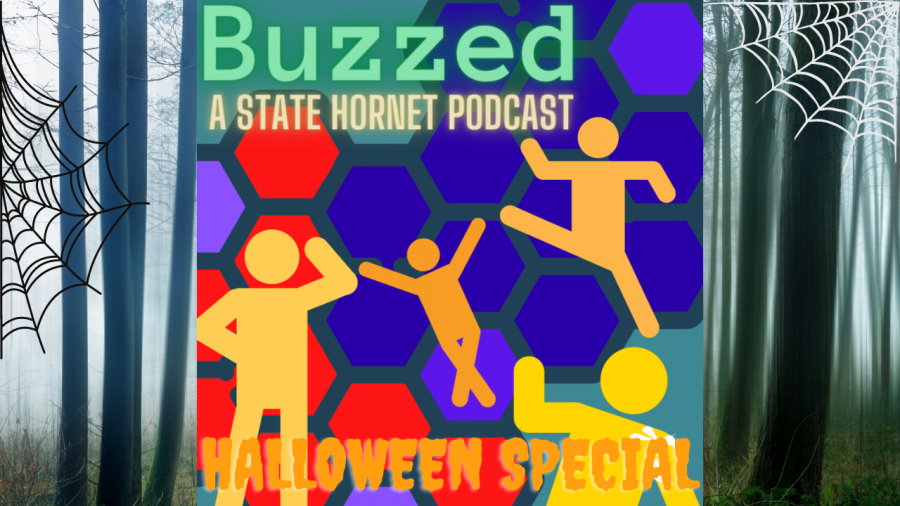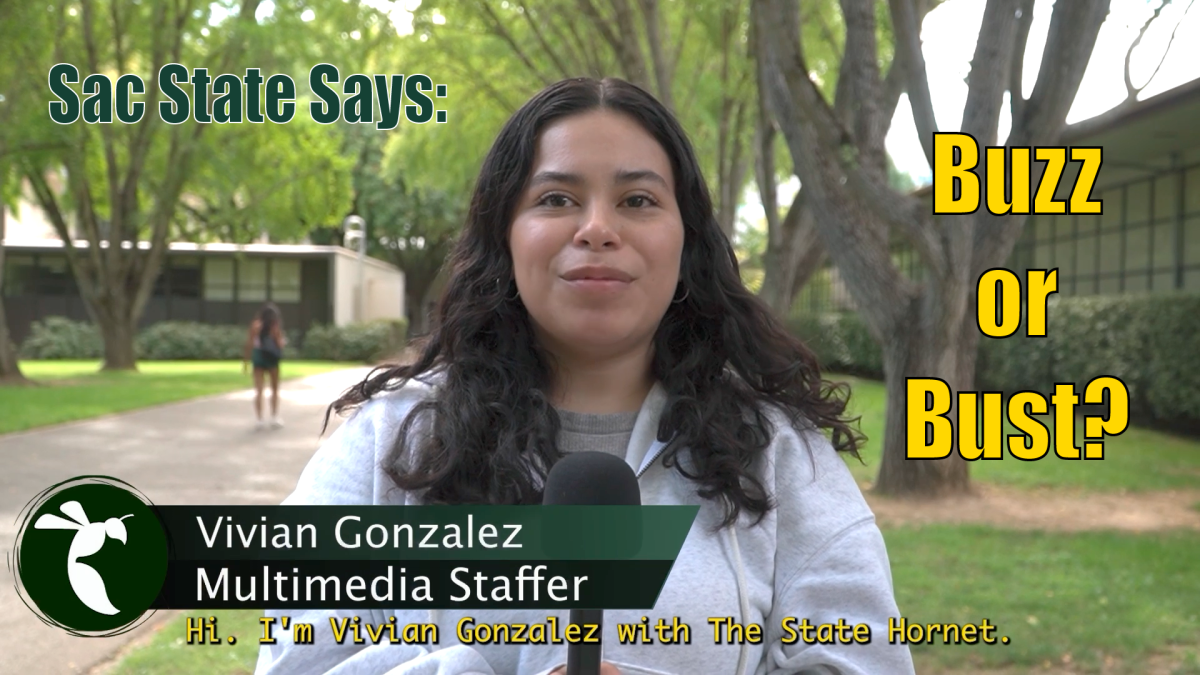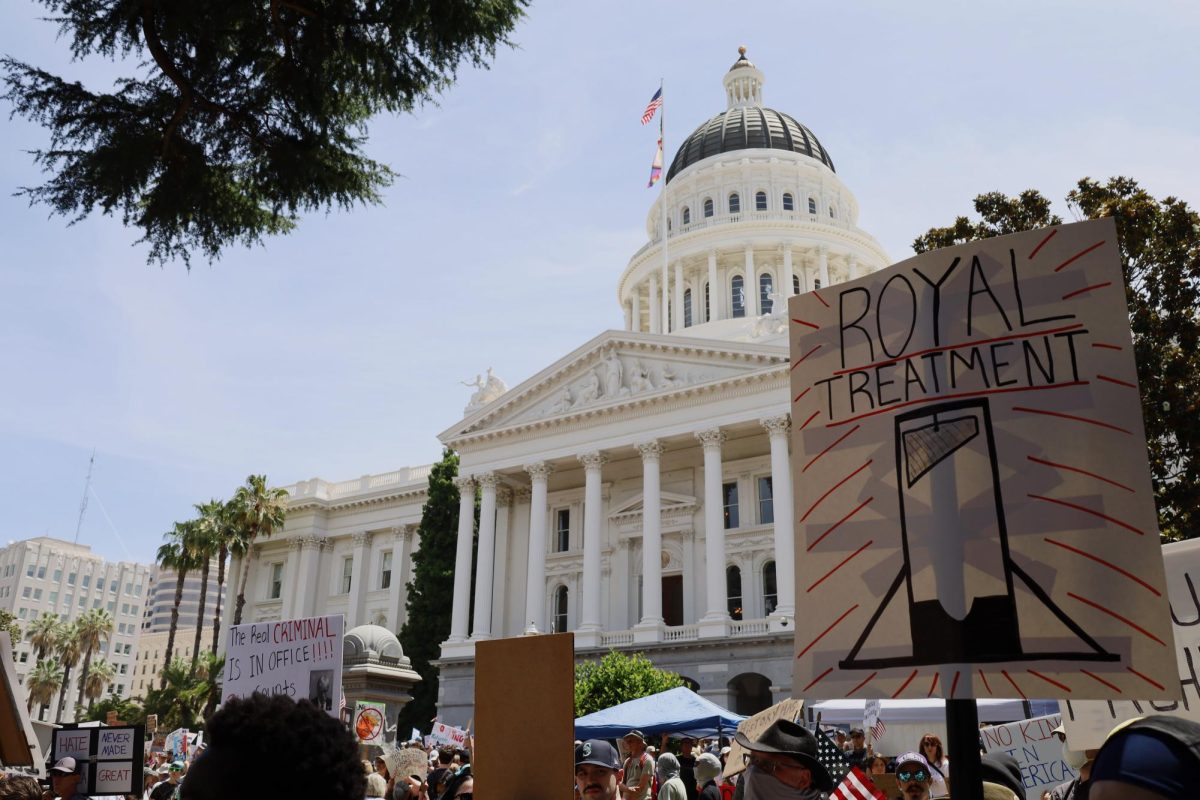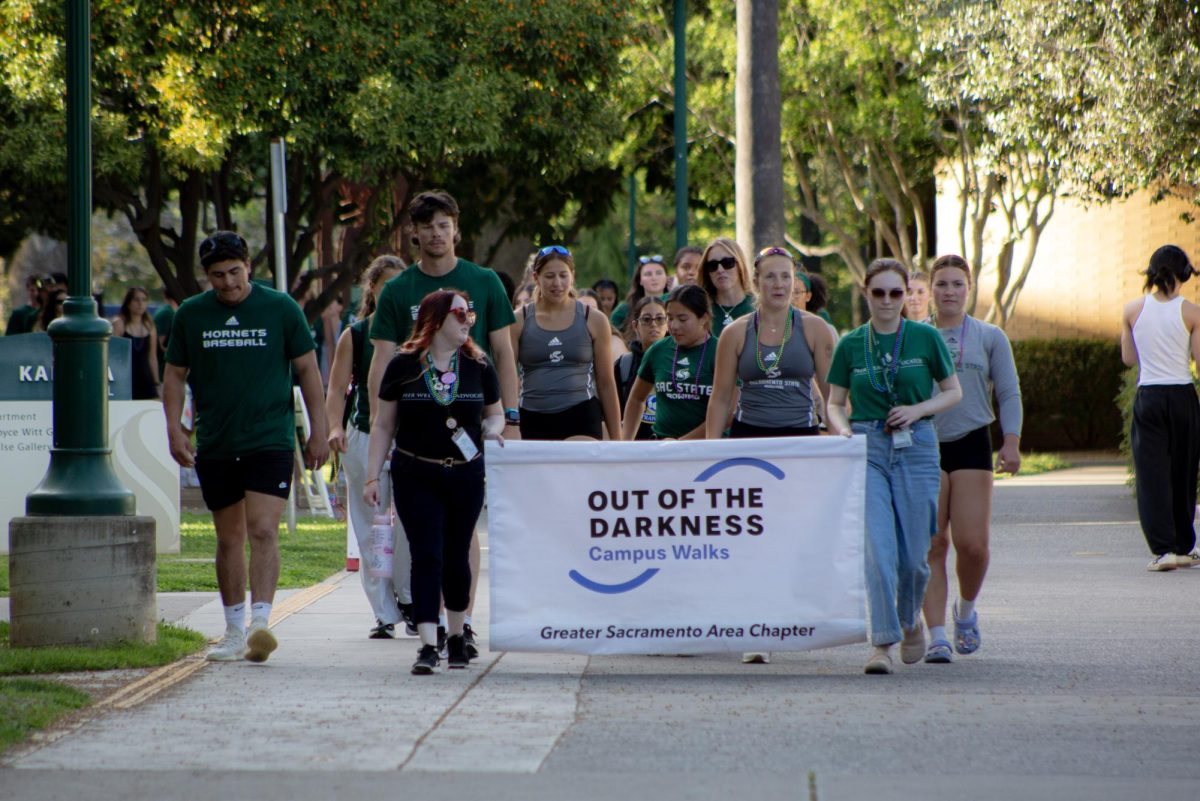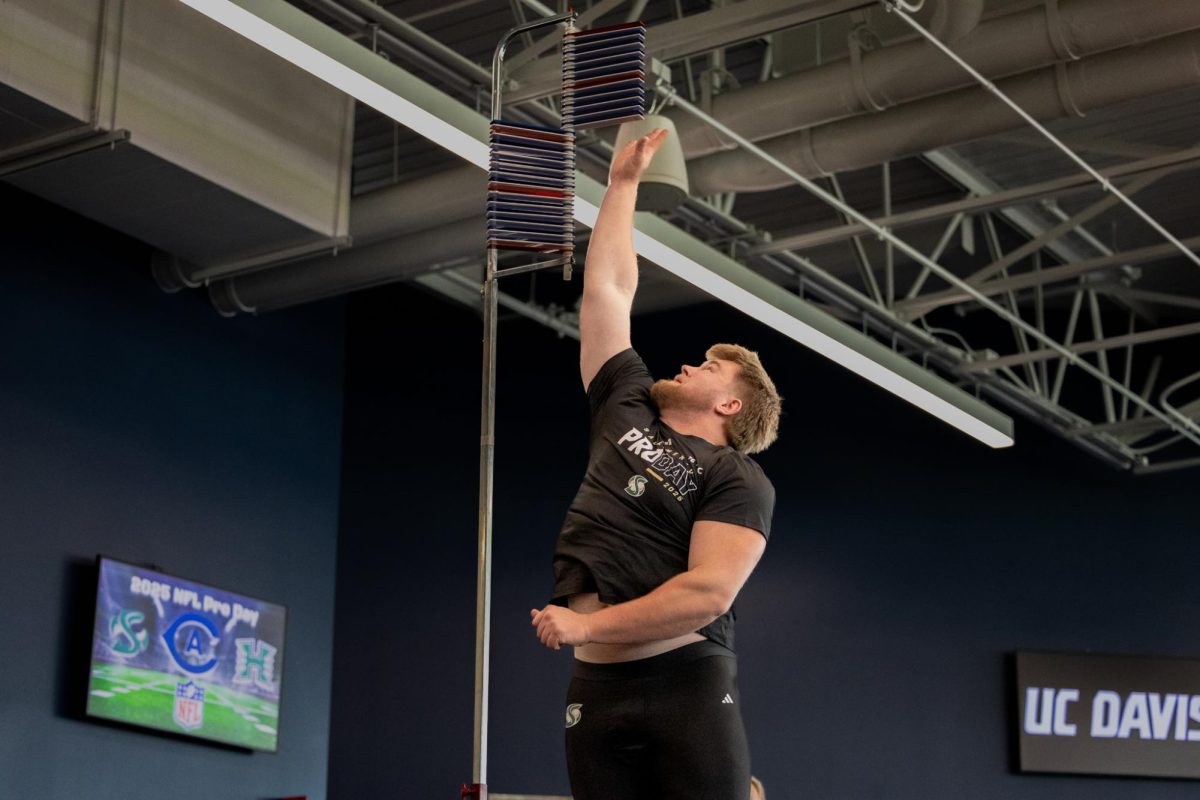Hispanic Heritage Month kicked off on Sept. 15, highlighting how Hispanic heritage has shaped history and culture in cities like Sacramento.
Celebrated from Sept. 15 to Oct. 15, the month recognizes the contributions of Latinx and Hispanic communities in the United States, and emphasizes independence days in Central and South America.
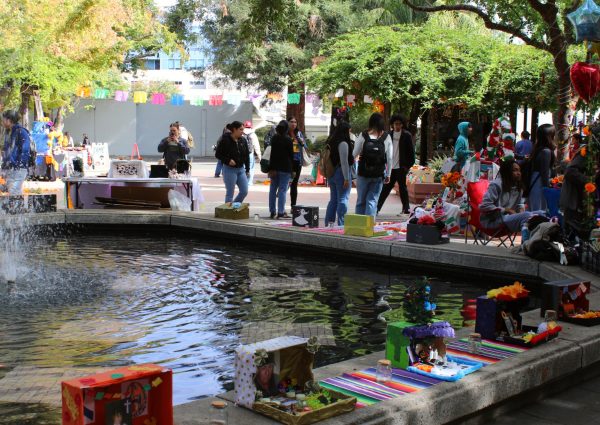
Why Sacramento’s Hispanic Community Matters
Sacramento is emerging as a hub of Hispanic heritage in California, reflected in its growing population, economic influence and cultural landmarks. The Hispanic population in Sacramento County grew at nearly twice the rate of the county overall between 2010 and 2020, making up almost one-quarter of residents.
Sac State is considered a Hispanic Serving Institution, meaning that at least 25% of full-time, Grant-eligible and come from Latinx or under-resourced backgrounds. The university was also awarded a Seal of Excelencia highlighting the policies and practices Sac State has to elevate the Latinx community on campus.
The Sacramento Hispanic Chamber of Commerce highlights that impact through its annual “State of Hispanics” event, where local organizations such as the Latino Center of Art and Culture showcase the community’s history, art and cultural pride.
Indigenous and Early Colonial History
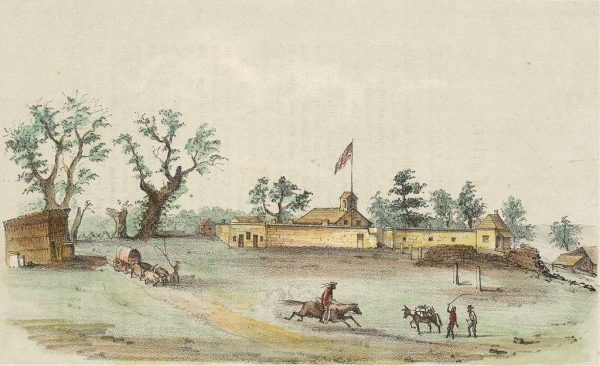
Long before European settlers arrived in the nineteenth century, the Sacramento region was home to Indigenous groups such as the Nisenan, Maidu and Patwin, who built thriving communities that have passed down traditions and culture through generations to this day.
Spanish explorers entered California in the mid-eighteenthth century, building the missions that spread through the state and into the Sacramento Valley. It was not until the mid-nineteenth century that large-scale European settlement began with the founding of John Sutter’s Fort, now a historic state park in Sacramento.
Colonization brought disease, including malaria and smallpox, that devastated Indigenous populations, while land and labor were seized under colonial rule. Despite these hardships, Indigenous culture and traditions have persisted, shaping the region’s history and identity.
Early Hispanic Settlers in Sacramento
Spanish missions were established along the California coast beginning in 1769, but settlement in the Sacramento Valley came later. During the Mexican era in the early nineteenth century, land grants and ranchos supported the growth of Hispanic communities in the region.
Californios established ranching and farming traditions that influenced the area, adding to Californian agriculture in the 1840s. Some of this history can still be explored through historic sites around Sacramento, such as the West Sacramento River Walk, offering a look at how Hispanic heritage helped shape the city we know today.
Labor Rights and Community Activism
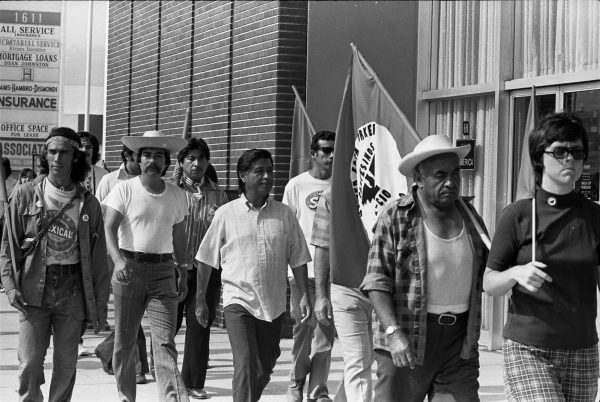
Sacramento played a central role in the Chicano Movement, the Mexican American civil rights effort that emerged in the 1960s and 1970s. Local activists, including students and community leaders, pushed for bilingual education, fair labor practices and greater political representation. Protests were often staged at the State Capitol and on the Sacramento State University campus.
Latino labor also shaped Sacramento’s economy and communities, from agriculture and construction to urban development. Workers from the Bracero Program and the United Farm Workers played key roles in California’s agricultural growth, often under difficult and unjust conditions.
Leaders and activists such as Cesar Chavez and Dolores Huerta, founders of the United Farm Workers, organized strikes and marches – including the landmark Delano Grape Strike and Boycott to the state capitol – to demand fair pay, safer working conditions and basic labor rights.
The 1960s Chicano Movement further highlighted Latino contributions to Sacramento and California’s history, advocating for political representation, educational equity and systemic reform.
Neighborhoods like Northgate and Gardenland continue to reflect community-driven growth, serving as hubs for Hispanic culture and providing visitors a chance to experience the city’s vibrant heritage.
Oral history projects at Sac State preserve these stories, documenting how grassroots organizing helped shape policies and promote cultural recognition for Mexican Americans. The movement’s legacy continues to influence Sacramento today, inspiring community programs and initiatives that empower Latino youth and uphold civil rights.
RELATED: Sac State kicks off Hispanic Heritage Month at La Bienvenida
Sac State’s Role in Promoting Hispanic Heritage
Sac State, described as one of the nation’s most diverse campuses, promotes Hispanic heritage through its status as a designated Hispanic Serving Institution. The university received millions in federal funding for programs that support Hispanic students and advocate for comprehensive immigration reform.
Sac State also advances Latinx culture through academic offerings such as the Chicanx and Latinx Studies concentration, which offers heritage awareness and diverse perspectives.
The program was established in the 1960s after activism by a minority coalition including faculty, staff and students. This advocacy called for courses addressing cultural, political and historical contributions of minorities.
RELATED: Sac State’s new HSI Director leads with service and dedication
Arts and Expression

Art is central to Sacramento’s Hispanic heritage, preserving history and educating the community. The city’s Chicano murals along the Royal Chicano Air Force Mural Trail, highlight stories of activism, labor and cultural pride.
Public art, theater and music performances continue that tradition, creating spaces where history is passed down through creative expression. Institutions like the LCAC or the California Museum further this mission by offering exhibitions, workshops and community programming that showcase Latinx voices.
The LCAC is hosting its 16th Annual El Panteón de Sacramento. The Day of the Dead celebration features live music, dance and dozens of colorful memorial altars honoring loved ones.
The California Museum will present Recuerdos Ilustrados: Día de los Muertos 2025 from Oct. 11 through Nov. 16. The exhibit showcases contemporary altars and artwork by Southern California and Central Valley artists exploring life, love and death through the lens of immigration.
Together, these forms of expression connect past struggles with present identity, making art both a cultural archive and a historical message.
Preservation of Landmarks and Sites
Preserving Latino heritage in Sacramento extends from historic landmarks to community-driven cultural centers. Sites like the Sacramento History Museum and the Lady Adams Building highlight the city’s layered past, while the California State Museum’s El Soldado memorial honors Latino veterans.
Community spaces such as the LCAC founded during the Chicano Civil Rights Movement, continue that legacy by fostering cultural pride and self-expression through exhibitions and workshops. Sol Collective adds to the landscape with music, poetry and arts programs that highlight contemporary Latinx identity.
Beyond the city, preservation efforts include proposals to expand the Berryessa Snow Mountain National Monument to protect Molok Luyuk, a landscape tied to Indigenous and community heritage. These landmarks and initiatives preserve history, strengthen cultural identity and ensure future generations can connect with Sacramento’s Hispanic heritage.
Modern Celebrations and Contributions
The Hispanic community in Sacramento continues to shape the city through business, civic leadership and cultural innovation. Casa de Español blends language education with monthly celebrations of Latin American music, art and food, while the Latino Economic Council of Sacramento brings civic, business and educational leaders together to drive investment and prosperity.
Recognition programs like the Sacramento Bee’s “Top Latino Change Makers” honor leaders across education, business and activism who are reshaping the region.
Community-driven platforms, including the Latino Community Roundtable and a growing network of Latino-owned businesses, sustain cultural pride while expanding economic opportunity. These efforts underscore how heritage is not only preserved but also reimagined in Sacramento’s modern landscape.
At Sacramento State, recognition continues through programs that honor and empower Latino students year-round. The El Centro Serna and the Dreamer Resource Center provide resources, mentorship and advocacy for first-generation, undocumented and Latinx students.
Student organizations like MEChA promote activism, cultural awareness and community engagement. Each spring, El Centro Serna’s Chicanx/Latinx Recognition Ceremony celebrates graduating students and their achievements, reflecting the university’s ongoing role in preserving and advancing Hispanic and Latino heritage.
From murals to mentorship, festivals to finance, Sacramento’s Hispanic and Latino communities are not just preserving their heritage, they are shaping the city’s future. Whether through art, business, activism, or student leadership, the impact is visible, vibrant, and growing. Every celebration, every initiative, and every leader adds a new chapter to Sacramento’s rich cultural landscape.


